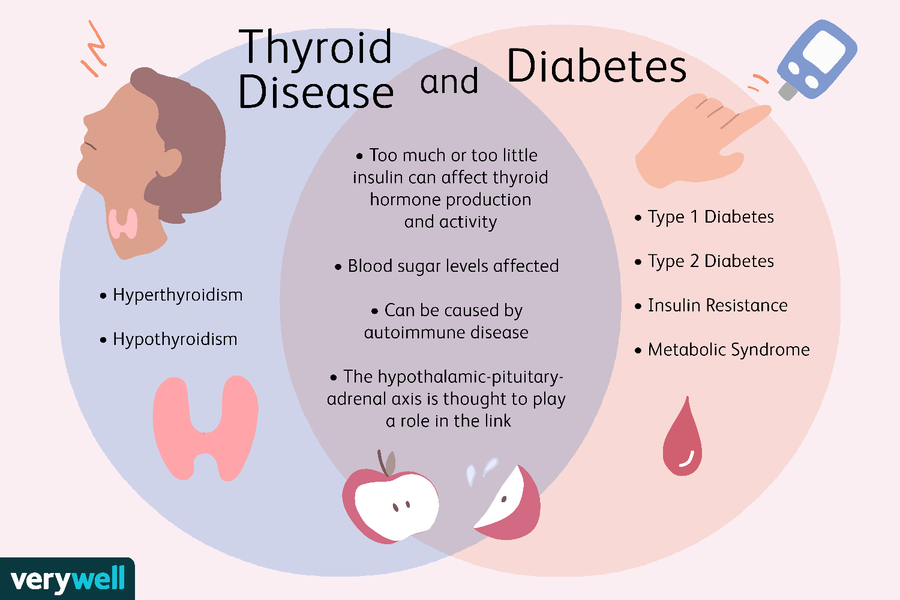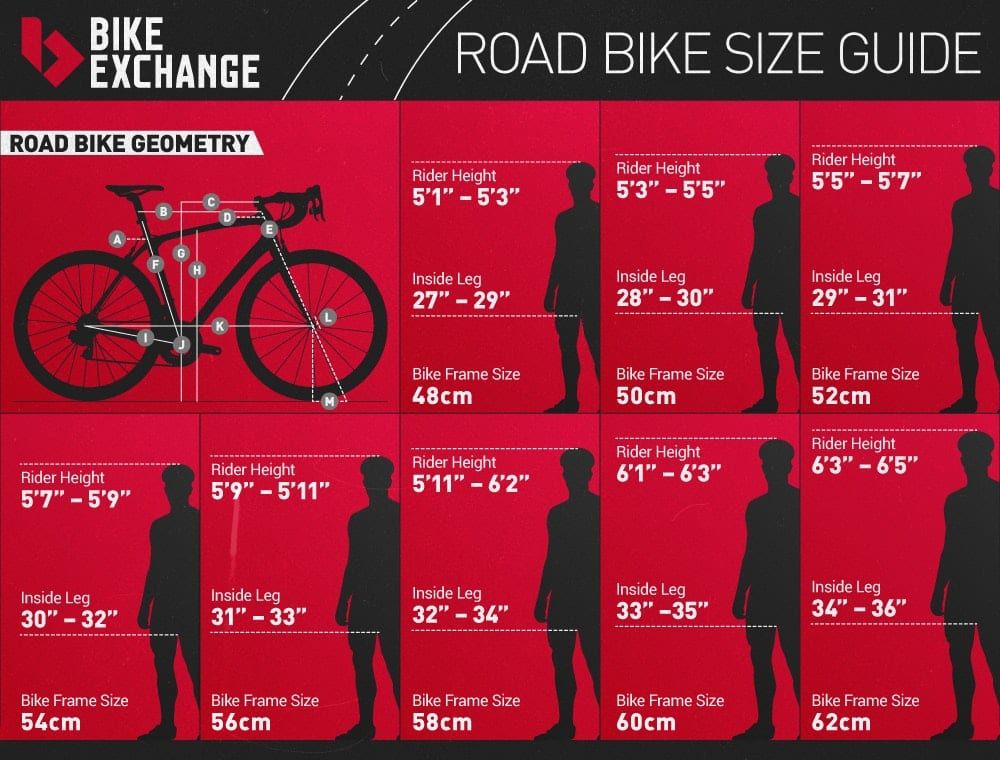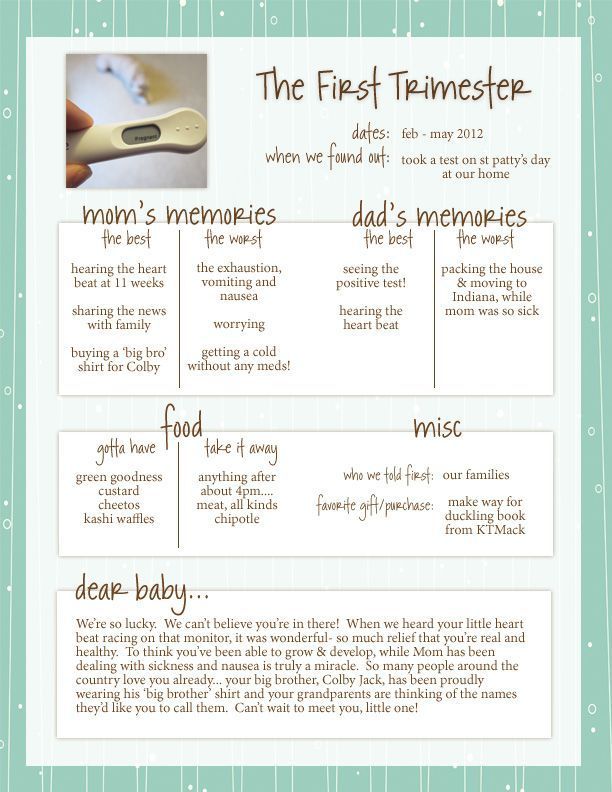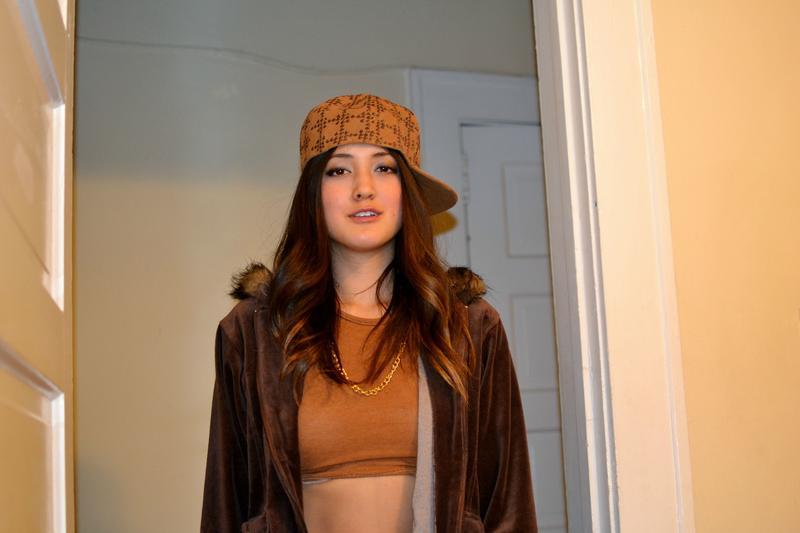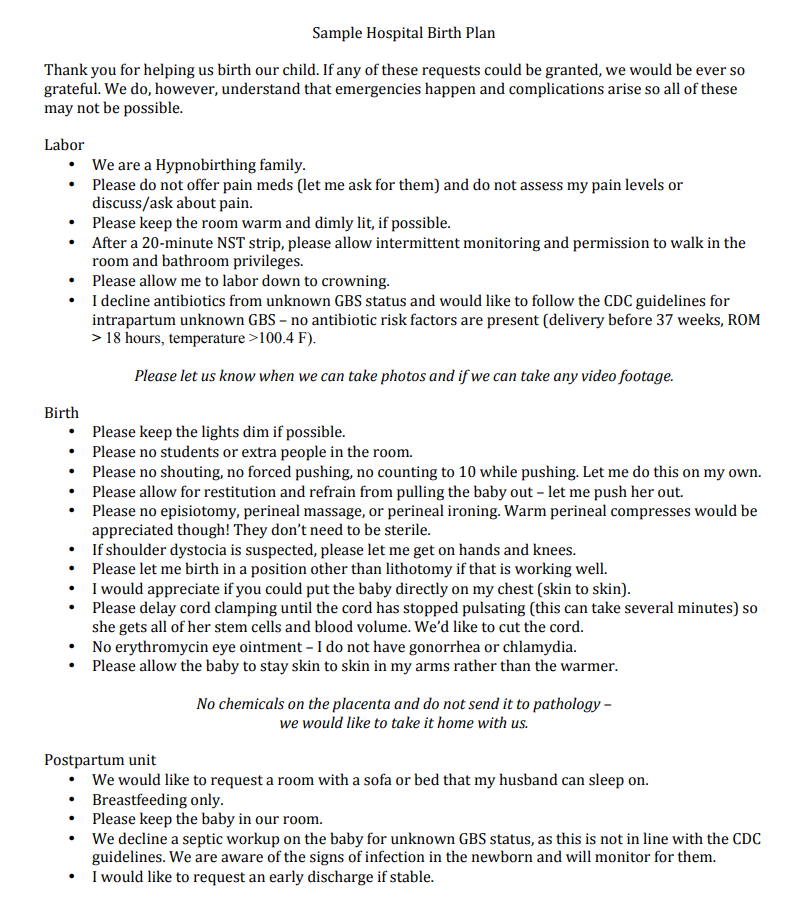Serious illnesses in babies
Is your baby or toddler seriously ill?
Trust your instincts
It can be difficult to tell when a baby or toddler is seriously ill, but the main thing is to trust your instincts.
You know better than anyone else what your child is usually like, so you'll know when something is seriously wrong.
Signs of serious illness in a baby or toddler
Here's a checklist of warning signs that might indicate your baby or toddler is seriously ill:
Temperature
- a high temperature, but cold feet and hands
- a high temperature that does not come down with paracetamol or ibuprofen (do not give paracetamol to a baby under 2 months and do not give ibuprofen to a baby under 3 months or under 5kg, unless prescribed by a doctor)
- a very high or low temperature
- your child feels hot or cold to touch, or is shivering
- your child is quiet and listless, even when their temperature is not high
- a high temperature in a baby less than 8 weeks old
Find out more about what to do if your child has a high temperature
Breathing
- rapid breathing or panting
- a throaty noise while breathing
- your child is finding it hard to get their breath and is sucking their stomach in under their ribs
Other signs
- blue, pale, blotchy, or ashen (grey) skin
- your child is hard to wake up, or appears disoriented or confused
- your child is crying constantly and you cannot console or distract them, or the cry does not sound like their normal cry
- green vomit
- your child has a febrile seizure (fit) for the first time
- your child is under 8 weeks old and does not want to feed
- nappies that are drier than usual – this is a sign of dehydration
If your child has any of these signs, get medical help as soon as possible:
- during the day from Monday to Friday – it's best to call your GP surgery
- evenings and weekends – call NHS 111
- if your baby is under 6 months old it's hard for a doctor or nurse to assess them over the phone – you can go to an urgent care (walk-in) centre or, if you're very worried, take them to A&E
Find your nearest urgent care centre
Find your nearest A&E
When to call an ambulance
Call 999 for an ambulance if your child:
- stops breathing
- will not wake up
- has a spotty, purple or red rash anywhere on their body that does not fade when you press a glass against it – this could be a sign of blood poisoning blood poisoning (sepsis)
- is under 8 weeks old and you're very worried about them
- has a febrile seizure (fit) for the first time, even if they seem to recover
- has a severe allergic reaction (anaphylaxis)
- if you think someone may have seriously injured your baby
Trust your instincts. You know what's different or worrying behaviour in your child.
Spot the signs of childhood conditions
Learn the signs of serious illnesses that can affect children, including:
- meningitis
- sepsis
- type 1 diabetes
- urinary tract infection (UTI)
Page last reviewed: 14 February 2020
Next review due: 14 February 2023
Meningitis - Symptoms - NHS
Symptoms of meningitis can appear in any order. Some may not appear at all. In the early stages, there may not be a rash, or the rash may fade when pressure is applied.
You should get medical help immediately if you're concerned about yourself or your child.
Trust your instincts and do not wait for all the symptoms to appear or until a rash develops.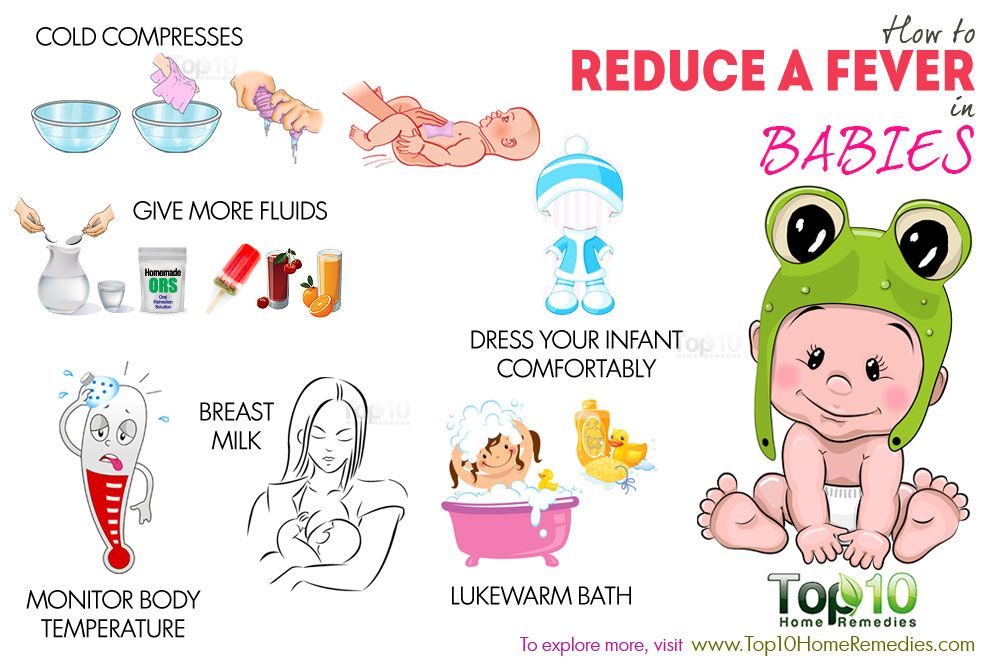
Symptoms of meningitis and sepsis include:
- a high temperature
- cold hands and feet
- vomiting
- confusion
- breathing quickly
- muscle and joint pain
- pale, mottled or blotchy skin (this may be harder to see on brown or black skin)
- spots or a rash (this may be harder to see on brown or black skin)
- headache
- a stiff neck
- a dislike of bright lights
- being very sleepy or difficult to wake
- fits (seizures)
Babies may also:
- refuse feeds
- be irritable
- have a high-pitched cry
- have a stiff body or be floppy or unresponsive
- have a bulging soft spot on the top of their head
Someone with meningitis or sepsis can get a lot worse very quickly.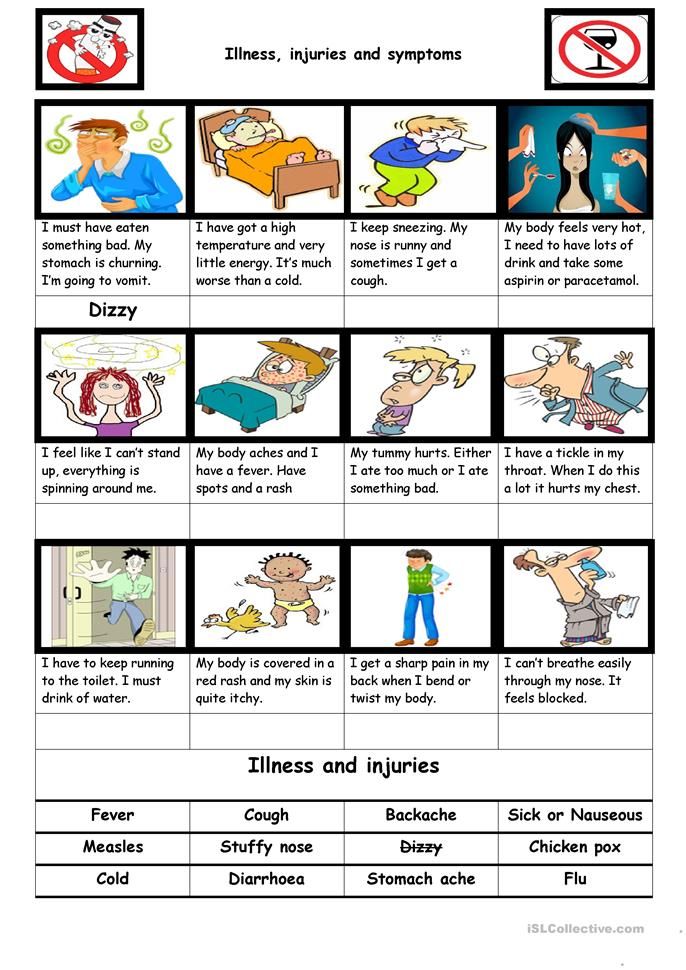
Call 999 for an ambulance or go to your nearest A&E immediately if you think you or someone you look after could have meningitis or sepsis.
Call NHS 111 for advice if you're not sure if it's anything serious.
If you’ve had medical advice and are still worried or any symptoms get worse, get medical help again.
The rash usually starts as small, red pinpricks before spreading quickly and turning into red or purple blotches.Credit:
Mediscan / Alamy Stock Photo https://www.alamy.com/meningococcal-rash-image1683649.html?pv=1&stamp=2&imageid=83D4AFC7-AC4B-4271-B09C-727E90532943&p=17774&n=0&orientation=0&pn=1&searchtype=0&IsFromSearch=1&srch=foo%3dbar%26st%3d0%26pn%3d1%26ps%3d100%26sortby%3d2%26resultview%3dsortbyPopular%26npgs%3d0%26qt%3dATB0C2%26qt_raw%3dATB0C2%26lic%3d3%26mr%3d0%26pr%3d0%26ot%3d0%26creative%3d%26ag%3d0%26hc%3d0%26pc%3d%26blackwhite%3d%26cutout%3d%26tbar%3d1%26et%3d0x000000000000000000000%26vp%3d0%26loc%3d0%26imgt%3d0%26dtfr%3d%26dtto%3d%26size%3d0xFF%26archive%3d1%26groupid%3d%26pseudoid%3d788068%26a%3d%26cdid%3d%26cdsrt%3d%26name%3d%26qn%3d%26apalib%3d%26apalic%3d%26lightbox%3d%26gname%3d%26gtype%3d%26xstx%3d0%26simid%3d%26saveQry%3d%26editorial%3d1%26nu%3d%26t%3d%26edoptin%3d%26customgeoip%3d%26cap%3d1%26cbstore%3d1%26vd%3d0%26lb%3d%26fi%3d2%26edrf%3d0%26ispremium%3d1%26flip%3d0%26pl%3d
It does not fade if you press the side of a clear glass firmly against the skin.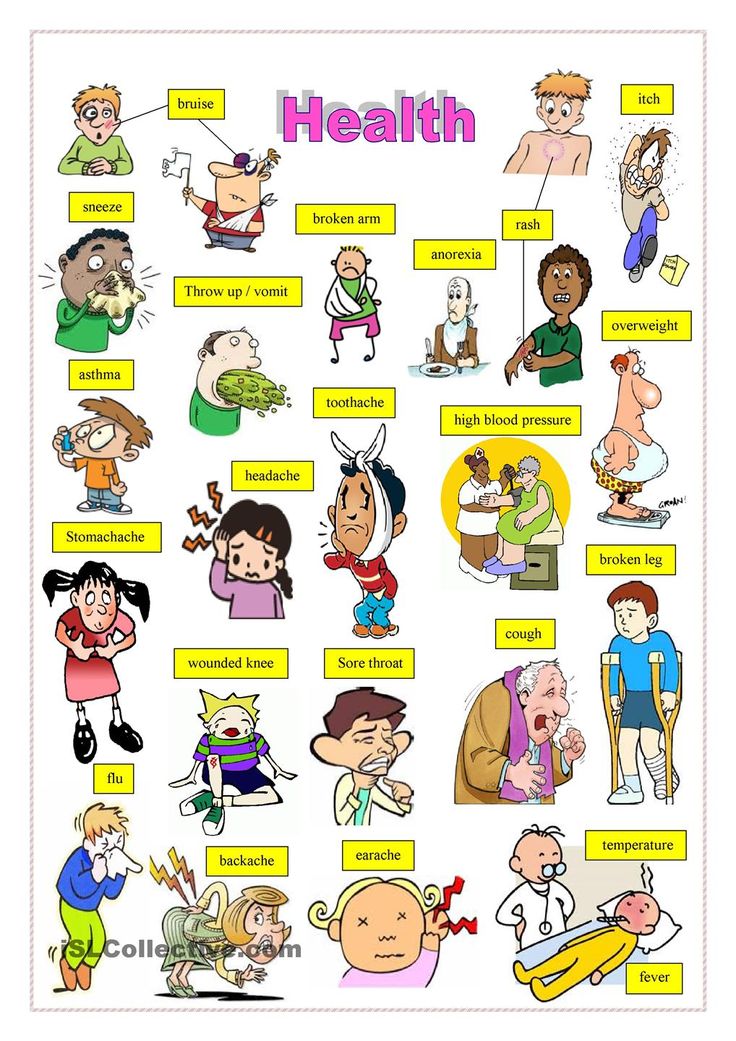
Credit:
Alamy Stock Photo https://www.alamy.com/testing-of-meningococcal-rash-image589611.html?pv=1&stamp=2&imageid=6C8D2A33-C874-43AF-A58B-398C0D9552AF&p=17774&n=0&orientation=0&pn=1&searchtype=0&IsFromSearch=1&srch=foo%3dbar%26st%3d0%26pn%3d1%26ps%3d100%26sortby%3d2%26resultview%3dsortbyPopular%26npgs%3d0%26qt%3dA8FF2B%26qt_raw%3dA8FF2B%26lic%3d3%26mr%3d0%26pr%3d0%26ot%3d0%26creative%3d%26ag%3d0%26hc%3d0%26pc%3d%26blackwhite%3d%26cutout%3d%26tbar%3d1%26et%3d0x000000000000000000000%26vp%3d0%26loc%3d0%26imgt%3d0%26dtfr%3d%26dtto%3d%26size%3d0xFF%26archive%3d1%26groupid%3d%26pseudoid%3d195878%26a%3d%26cdid%3d%26cdsrt%3d%26name%3d%26qn%3d%26apalib%3d%26apalic%3d%26lightbox%3d%26gname%3d%26gtype%3d%26xstx%3d0%26simid%3d%26saveQry%3d%26editorial%3d1%26nu%3d%26t%3d%26edoptin%3d%26customgeoip%3d%26cap%3d1%26cbstore%3d1%26vd%3d0%26lb%3d%26fi%3d2%26edrf%3d0%26ispremium%3d1%26flip%3d0%26pl%3d
The rash can be harder to see on brown or black skin.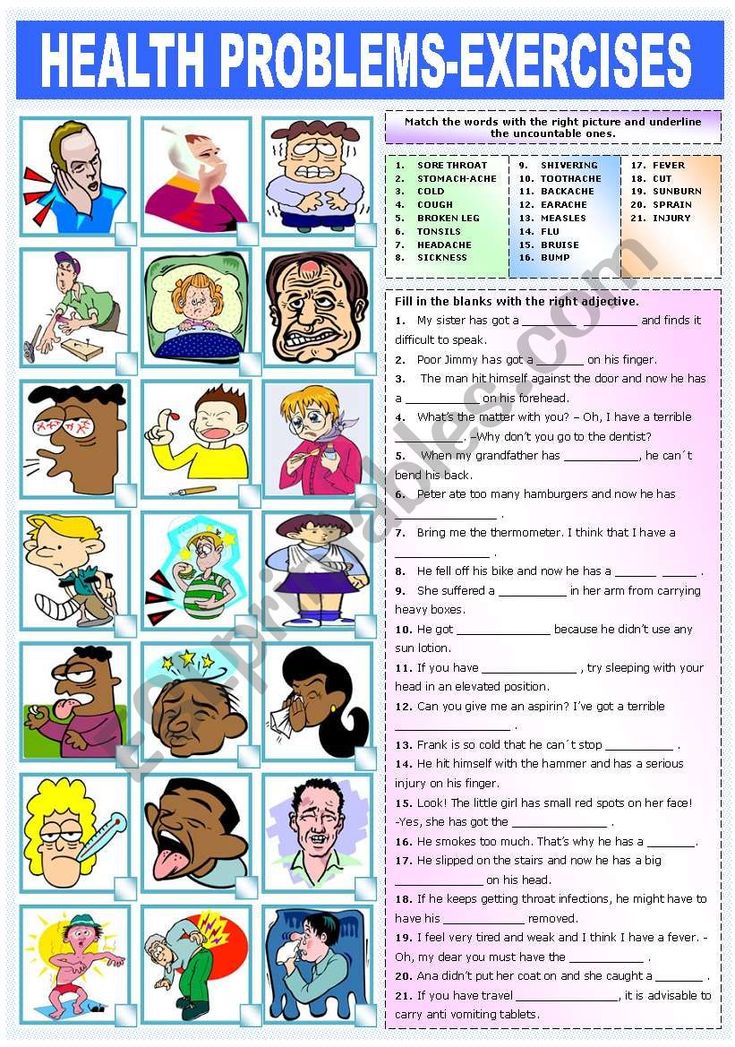 Check paler areas, such as the palms of the hands, soles of the feet, roof of the mouth, tummy, whites of the eyes or the inside of the eyelids.
Check paler areas, such as the palms of the hands, soles of the feet, roof of the mouth, tummy, whites of the eyes or the inside of the eyelids. Credit:
Meningitis Research UK https://hscic365.sharepoint.com/sites/Pilot/NHSUK/Health%20AZ/Forms/AllItems.aspx?id=%2Fsites%2FPilot%2FNHSUK%2FHealth%20AZ%2FHealth%20A%2DZ%2FA%2DZ%20content%20audit%2FM%2FMeningitis%2FImage%20and%20section%20review%2007%202019%2FRe%5FPhotography%20of%20the%20meningitis%20rash%2Eeml&parent=%2Fsites%2FPilot%2FNHSUK%2FHealth%20AZ%2FHealth%20A%2DZ%2FA%2DZ%20content%20audit%2FM%2FMeningitis%2FImage%20and%20section%20review%2007%202019
If a rash does not fade under a glass, it can be a sign of sepsis (sometimes called septicaemia or blood poisoning) caused by meningitis and you should call 999 straight away.
Page last reviewed: 25 October 2022
Next review due: 25 October 2025
Children with serious illnesses
Karelian hockey players arranged a holiday on the ice for seriously ill children
The guests of the Good Deeds Puck tournament were children with severe diagnoses: oncology, cerebral palsy, autism, mental disorders, as well as children whose parents have cancer.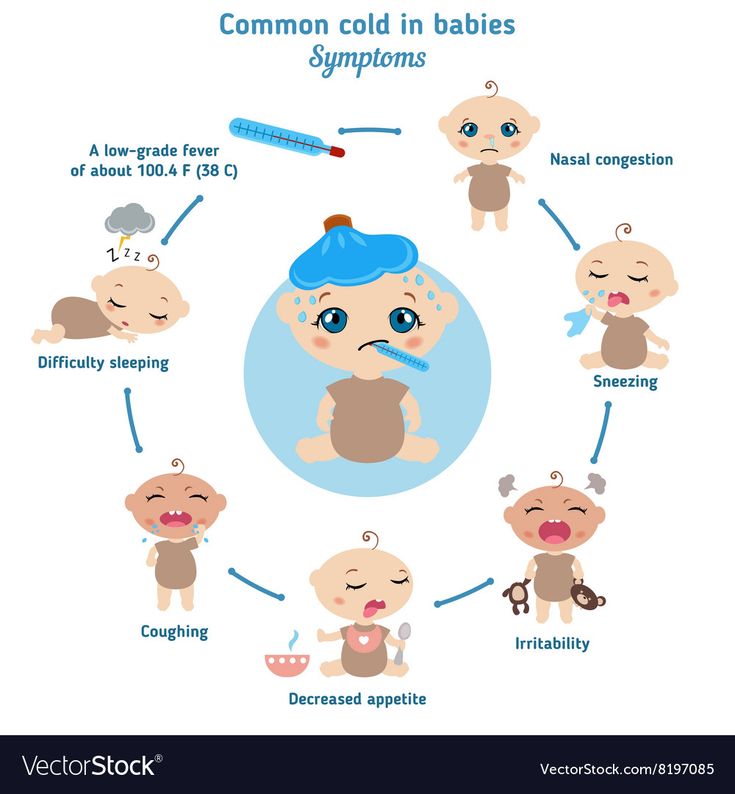
30.12.2022 Charity and volunteering ASI-Petrozavodsk
Photo: Svetlana KomissarovaRound table "Continuity of drug provision of seriously ill children after 18 years" nine0003
Questions of the succession of treatment of seriously ill children over 18 years of age will be discussed by the participants of the round table in the Civic Chamber of the Russian Federation. The event is organized by the Commission of the Civic Chamber of the Russian Federation for Charity and...
17.01.2023, 11:00 Moscow Add to calendar 2023-01-17 11:00:00 2023-01-17 13:00:00 Europe/Moscow Continuity of drug provision for seriously ill children over 18 years of age Questions of succession of treatment of seriously ill children after 18 years of age will be discussed by the participants of the round table in the Civic Chamber of the Russian Federation. The event is organized by the Commission OP… Moscow, Miusskaya Square, 7, Public Chamber of the Russian Federation
"House with a Lighthouse": Online Lecture of the School for Parents
Children's hospice "House with a lighthouse" invites parents of palliative children to an online lecture "Gastrostomy - pros and cons".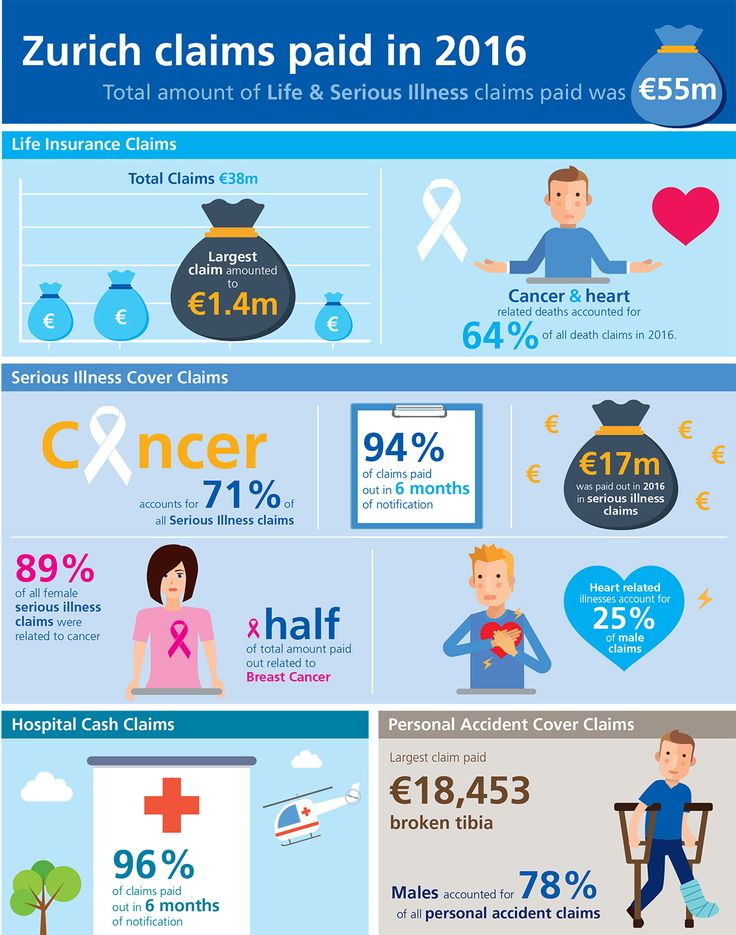 Parents of children with serious illnesses often face…
Parents of children with serious illnesses often face…
17.09.2022, 11:00 - 12:30 Online
Educational Seminar of the Circle of Kindness Foundation nine0003
An educational seminar is held for specialists responsible for the interaction of the subjects of the Russian Federation with the Fund for Support of Children with Severe Life-threatening and Chronic, including Rare (Orphan) Diseases…
22.09.2022, 10:00 - 23.09.2022 Moscow
Meeting "How to save yourself as a parent of a special child"
Children with serious illnesses require a lot of attention and constant care. Gradually, the role of the parent narrows down to caring staff, because there is no strength for anything else. ...
09.03.2022, 15:00 - 17:00 Online
Recommended
Newsletter subscription
The latest news and our best materials in your mailbox
Subscribe by email
Announcements
-
Charity event for the homeless
Sat, 31.
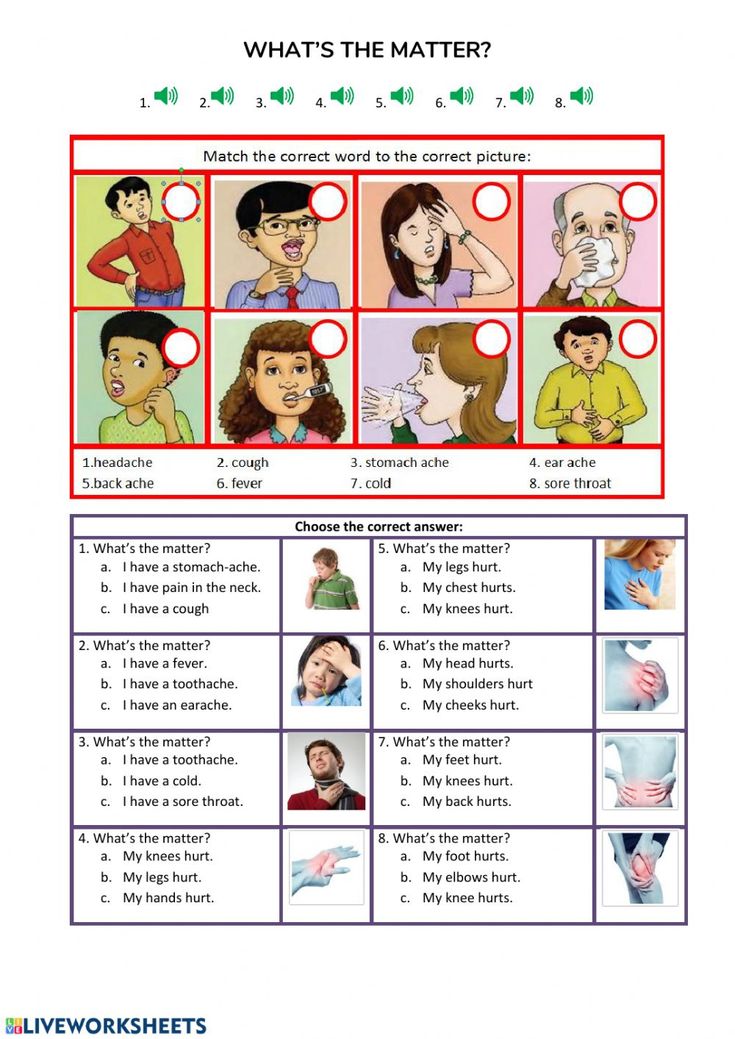 12.2022, 22:00 Moscow
12.2022, 22:00 Moscow -
New Year's Marathon "Promise Run 2023"
Sun, 01.01.2023, 12:00
-
Tropical Winter Exhibition
Sun, 01.01.2023, 14:00 Moscow
-
Master classes "Creativity with a mustache"
Mon, 02.01.2023, 12:00 Online
-
Charity exhibition "Adopt a cat from a shelter"
Thu, 01/05/2023, 14:00 Moscow
All activities
Send news
Editor's choice
most common infectious diseases, their symptoms and prevention
Daniil Davydov
medical journalist
Author's profile
Children who go to kindergarten get sick more often than adults.
This happens for three reasons:
- Children's immune system has not yet learned how to effectively repel the attacks of viruses and microbes. Therefore, for kids from two to six years old, it is normal to catch a cold up to 6-8 times a year, and for schoolchildren and adults - 2-4 times a year.
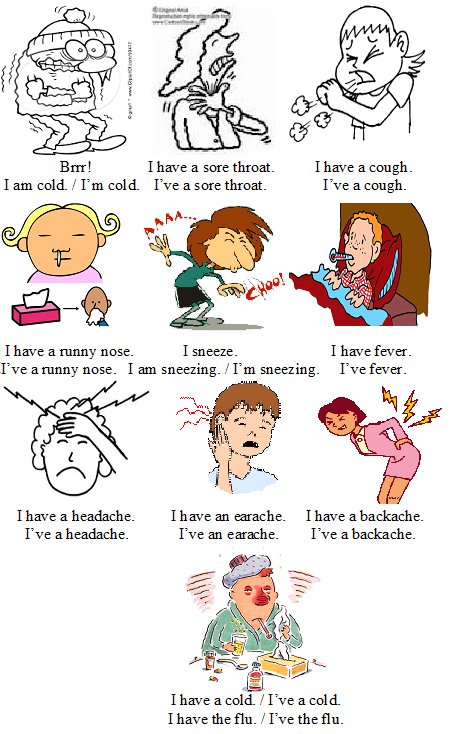 nine0062
nine0062 - Many preschoolers still have insufficiently developed hygiene skills - they put toys in their mouths and wash their hands less often than adults. This means that they have a higher risk of encountering pathogens.
- In kindergarten, children spend a lot of time in the same room and play a lot with each other. Therefore, sick children can easily pass the infection to healthy ones.
In this article, we have collected diseases that a child is at risk of encountering in kindergarten, added instructions on how to prevent them, and what to do if a child gets sick. nine0062
Be attentive to sources of information about health and go to the doctor
This article will also talk about the coronavirus disease, or COVID-19. In all articles about this disease, we adhere to the position of the World Health Organization, or WHO. Before reading further, we recommend that you familiarize yourself with the WHO position on COVID-19.
Our articles are written with love for evidence-based medicine.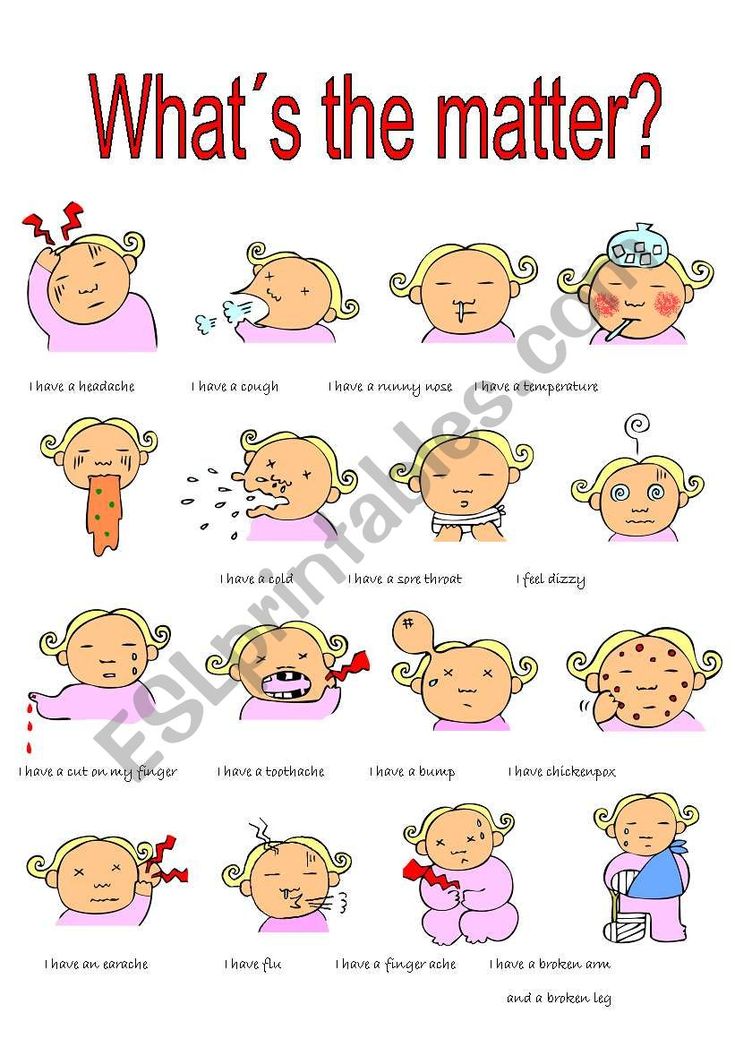 We refer to authoritative sources and go to doctors with a good reputation for comments. But remember: the responsibility for your health lies with you and your doctor. We don't write prescriptions, we make recommendations. Relying on our point of view or not is up to you. nine0005
We refer to authoritative sources and go to doctors with a good reputation for comments. But remember: the responsibility for your health lies with you and your doctor. We don't write prescriptions, we make recommendations. Relying on our point of view or not is up to you. nine0005
No vaccination
AnginaThe term "angina" in the sense of severe pain in the throat is obsolete. Instead, the National Medical Association of Otorhinolaryngologists proposes to use the international classification, and the condition when the back wall of the pharynx and tonsil becomes inflamed is called tonsillopharyngitis.
Acute tonsillitis and pharyngitis - Russian clinical guidelines 2021
What is tonsillitis - Mayo Clinic
Causes. nine0170 Tonsils are like round pads "customs points" of the body, where there are immune cells on duty that can fight any pathogens. When immune cells trap viruses and bacteria and try to destroy them, the tonsils grow in size, become painful and inflamed. At the same time, inflammation often also affects the back wall of the pharynx.
At the same time, inflammation often also affects the back wall of the pharynx.
Most often, tonsillopharyngitis is caused by viruses that are transmitted along with droplets of saliva that enter the air when talking and coughing. For example, adenovirus, parainfluenza virus, or Epstein-Barr virus. nine0005
In 15-37% of cases in children between five and fifteen years of age, inflammation of the throat and tonsils is associated with group A beta-hemolytic streptococcus - GABHS for short - and some other bacteria.
/glomerulonephritis/
“The discovery was the number of types of urine tests”: how I have been living with glomerulonephritis for 9 years
When I get sick more often. In Russia, the season of viral diseases begins in October and lasts until May, but in principle, SARS children become infected all year round.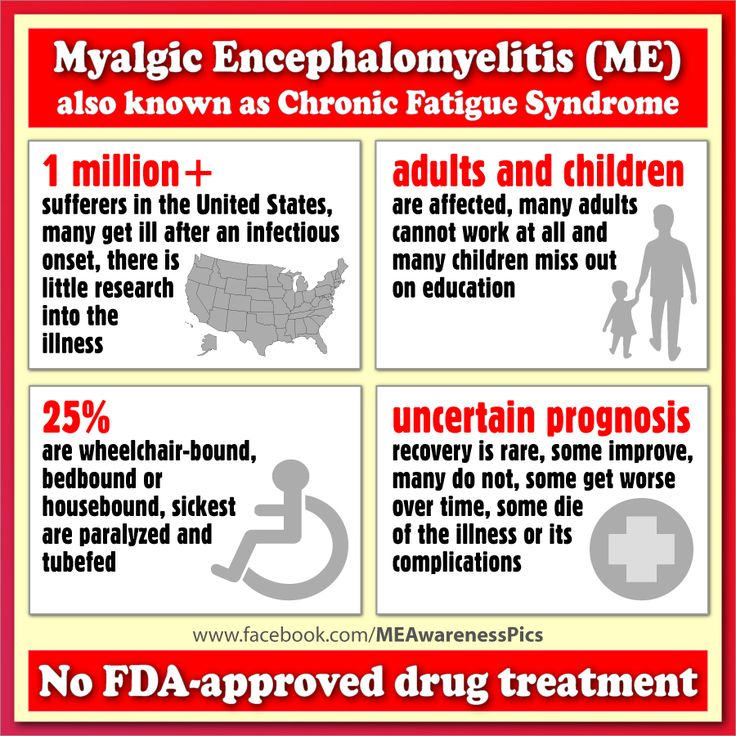 Streptococcus also has a seasonality: children most often become infected at the end of winter or early spring. At this time of the year, the number of sore throats associated with GABHS increases to 35-40% of cases. nine0005
Streptococcus also has a seasonality: children most often become infected at the end of winter or early spring. At this time of the year, the number of sore throats associated with GABHS increases to 35-40% of cases. nine0005
Symptoms. It is difficult for an ordinary person to distinguish bacterial tonsillopharyngitis from a viral one. If it's bacteria, the child usually complains of a severe sore throat that gets worse when swallowing. Because of this, young children often refuse to eat, even liquid food. As a rule, the body temperature in patients is above 38 ° C, but in some cases it may be normal or within 37 ° C.
Group A streptococcal tonsillopharyngitis in children and adolescents: clinic and diagnosis — UpToDate
In some children, the lymph nodes under the lower jaw are enlarged - they become like hard peas to the touch. As a rule, they do not have symptoms similar to a cold.
For viral tonsillopharyngitis, concomitant symptoms are more characteristic - conjunctivitis, that is, redness of the eyes, runny nose, cough, hoarseness, mouth ulcers, diarrhea and rash.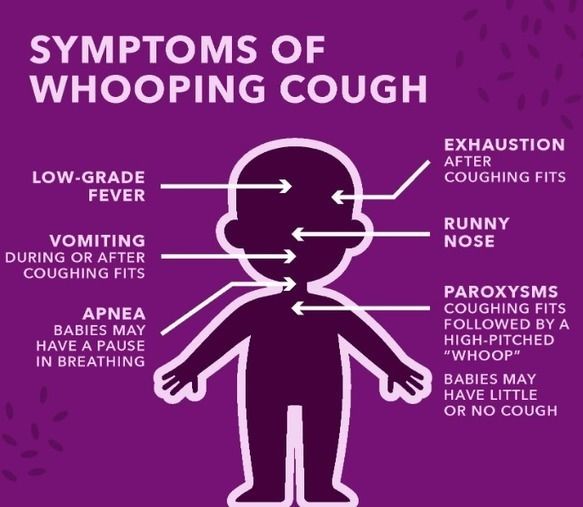
What to do if you suspect an illness. If a child complains of a severe sore throat, a doctor should be called. This will help avoid serious complications. nine0005
Complications of streptococcal infections - MSD Medical Handbook
As a rule, viral tonsillitis resolves on its own in 1-2 weeks, and streptococcal tonsillitis in 3-5 days. But if the disease was caused by GABHS, 10-15% of those who recovered 1-3 weeks after the throat infection develop inflammation of the kidneys - acute glomerulonephritis. And after 2-4 weeks, the child may develop rheumatic fever, which can lead to heart problems.
In order not to miss GABHS, the doctor will examine the child, evaluate his symptoms and take a swab from his throat for a rapid test for streptococcus, that is, streptatest. The result will be ready in a few minutes. nine0005
/guide/antibiotics/
Antibiotics: what are the differences and how to take them
If the doctor does not have a rapid test with you, you can purchase one yourself - this will help you start treatment as soon as possible.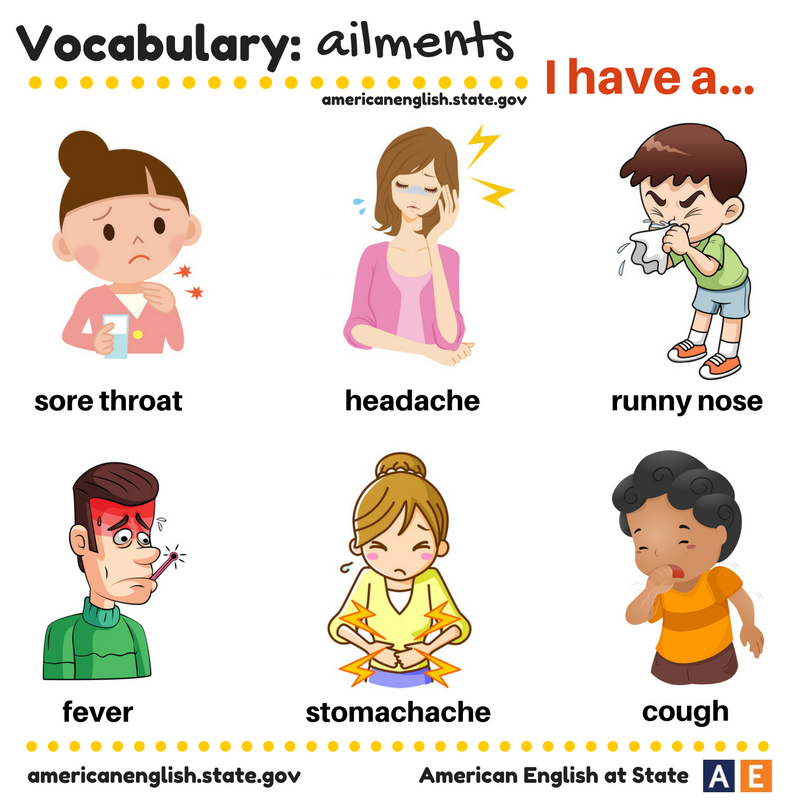 Rapid tests for streptococcus are sold without a prescription. Most likely, it will not be possible to pass a strepta test in a polyclinic for free under a compulsory medical insurance policy, since it is not included in the standard of primary health care for acute tonsillitis.
Rapid tests for streptococcus are sold without a prescription. Most likely, it will not be possible to pass a strepta test in a polyclinic for free under a compulsory medical insurance policy, since it is not included in the standard of primary health care for acute tonsillitis.
Primary health care standard for acute tonsillitis - order of the Ministry of Health of December 20, 2021 No. 1205n
Home streptatest. Price: 715 RIf the streptate test is positive, the doctor will prescribe antibiotics to avoid rheumatic fever and other complications. And if it turns out to be negative, antibiotics are not needed, since they do not help against viruses. All that can be done is to wait for the disease to go away on its own and alleviate the unpleasant symptoms. How to do this is described in detail in the section on colds.
Prevention. There are no vaccinations against sore throat pathogens, so it is difficult to avoid the disease. nine0005
Has been vaccinated
Chickenpox Reasons.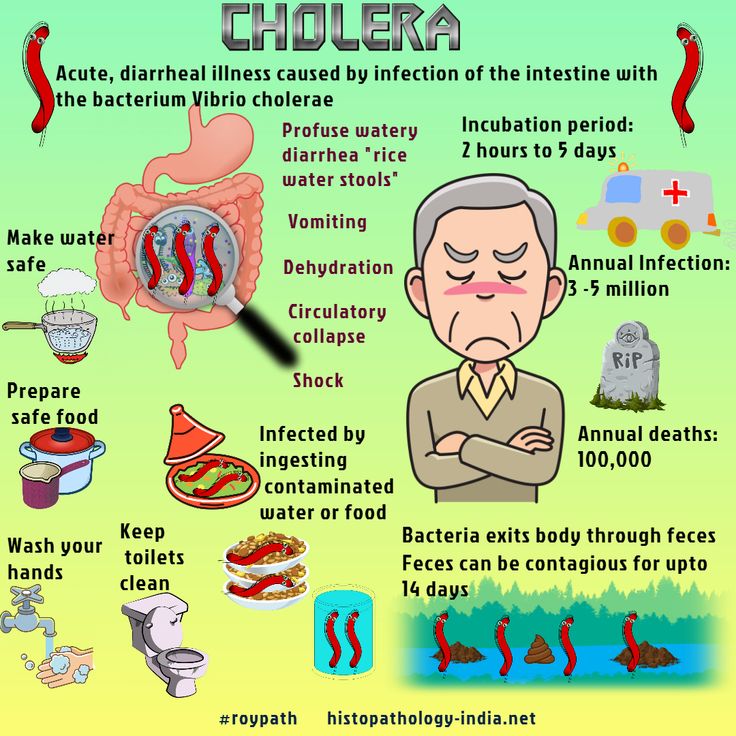 The disease is caused by the varicella zoster virus, which belongs to the herpes virus family. It is transmitted along with droplets of saliva that get into the air when talking and coughing, or if a healthy child touches the liquid from the bubbles on the skin of a sick person - for example, during a game. But it is not always possible to identify sick children in time - children become contagious 1-2 days before the rash appears.
The disease is caused by the varicella zoster virus, which belongs to the herpes virus family. It is transmitted along with droplets of saliva that get into the air when talking and coughing, or if a healthy child touches the liquid from the bubbles on the skin of a sick person - for example, during a game. But it is not always possible to identify sick children in time - children become contagious 1-2 days before the rash appears.
Clinical features of varicella zoster infection - a guide for physicians UpToDate
What happens to children with chickenpox - Medscape medical guide
Symptoms. 10-21 days after meeting with a sick person, the child begins to complain of severe itching, headache, weakness, cough and nasal congestion. Body temperature rises to 37 °C.
After 1-2 days, red spots appear on the skin, which quickly turn into blisters. They itch so much that it is difficult to persuade children not to comb them. After a while, the first bubbles become covered with a dry crust, but new ones appear on the skin.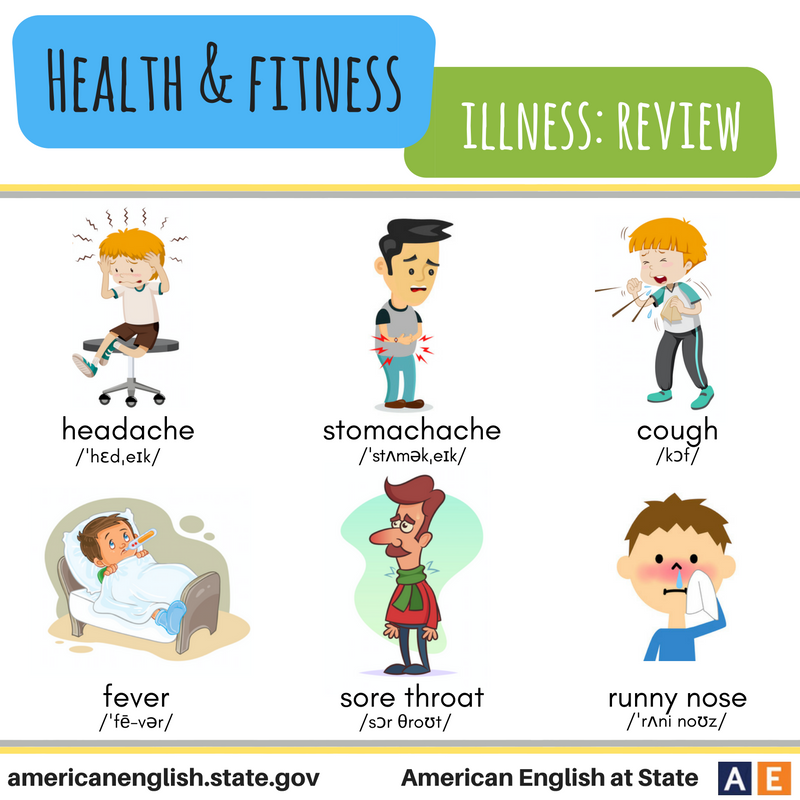 If the child is sick without complications, the blisters stop appearing about four days after the onset of the illness. After a week, all the blisters are covered with crusts, which fall off on their own after another one or two weeks. nine0005 With chickenpox, some vesicles on the skin look like a pyramid - on a larger vesicle there is a smaller vesicle. Source: medscape.com
If the child is sick without complications, the blisters stop appearing about four days after the onset of the illness. After a week, all the blisters are covered with crusts, which fall off on their own after another one or two weeks. nine0005 With chickenpox, some vesicles on the skin look like a pyramid - on a larger vesicle there is a smaller vesicle. Source: medscape.com
When people get sick more often. Children can become infected with chickenpox all year round, but in different countries the peak of the incidence occurs at different times. In our country, children most often become infected in autumn and winter.
Children most often get chickenpox in the autumn-winter period - Bulletin of Rospotrebnadzor
What to do if you suspect a disease. nine0170 Call a doctor. Most children who fall ill at kindergarten age fully recover and do not face problems in the future. With complications like pneumonia, soft tissue infections, hepatitis and encephalitis, that is, inflammation of the brain, adolescents and adults are more likely to get sick, but in rare cases this also happens with young children.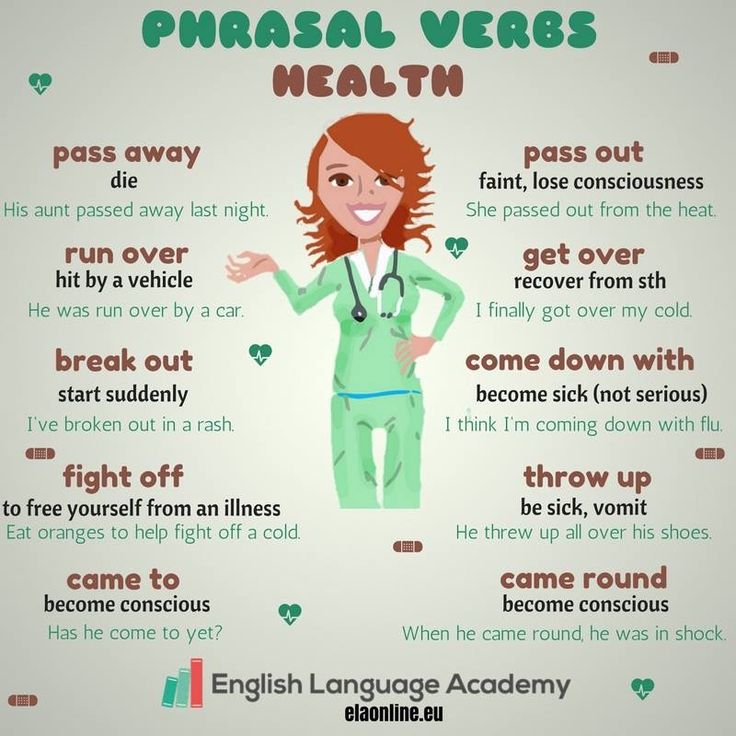 To prevent such problems, it is necessary that the child recovers under the supervision of a pediatrician.
To prevent such problems, it is necessary that the child recovers under the supervision of a pediatrician.
Prevention. There is a Varilrix vaccine against chickenpox: so far it can be done free of charge only in Moscow clinics, but it is planned that it will be included in the National Preventive Immunization Calendar in 2023 and will become available throughout Russia. The average price of a vaccination in a private clinic in Moscow is 4317 R.
On approval of the action plan for the implementation of the Strategy for the development of immunoprophylaxis of infectious diseases for the period up to 2035 - Decree of the Government of the Russian Federation
dated March 29, 2021 No. 774-p
Children are vaccinated from 12 months. To get immunity, you need two doses of the vaccine with an interval of 6 weeks. Chickenpox is so contagious that without vaccination there is practically no chance of avoiding it.
Has been vaccinated
Flu Reasons.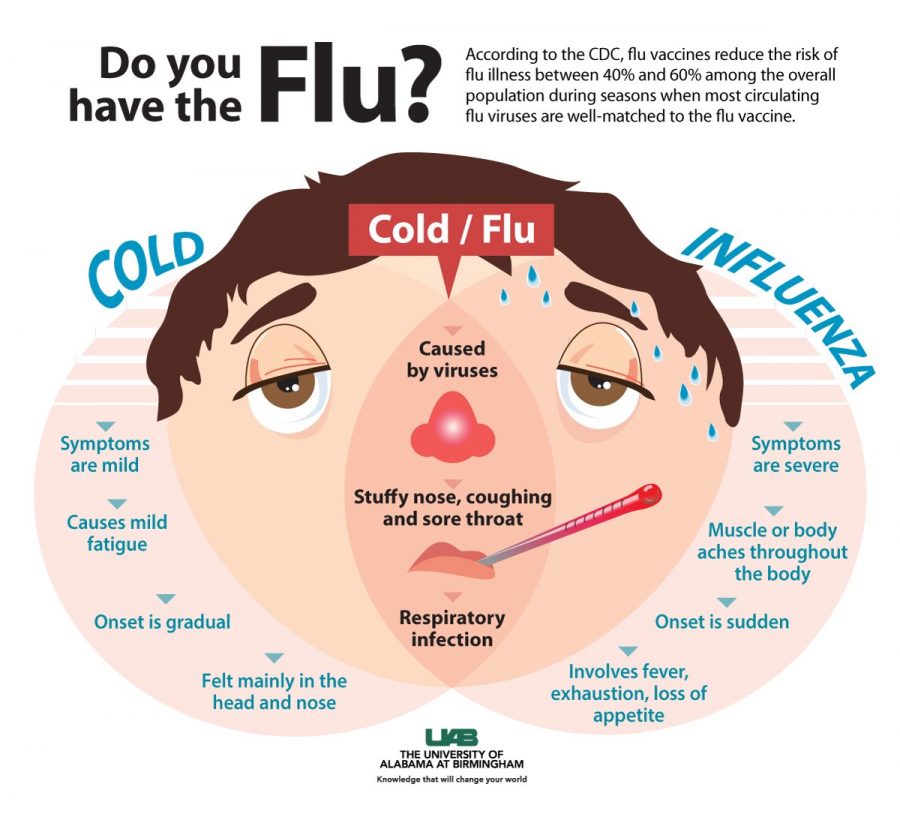 Illness is caused by influenza A or B viruses, and sometimes by influenza C viruses. They are transmitted along with small droplets of saliva even during normal conversation, or if a child picks up a toy or touches a doorknob that has been exposed to viral particles, and then touches the mouth or rub your eyes. It is not always possible to identify sick children, since the flu can be transmitted a day before the onset of symptoms. nine0005
Illness is caused by influenza A or B viruses, and sometimes by influenza C viruses. They are transmitted along with small droplets of saliva even during normal conversation, or if a child picks up a toy or touches a doorknob that has been exposed to viral particles, and then touches the mouth or rub your eyes. It is not always possible to identify sick children, since the flu can be transmitted a day before the onset of symptoms. nine0005
What is Influenza - WHO
Seasonal Influenza in Children - UpToDate
Why Flu is Dangerous for Children - US Centers for Disease Control and Prevention, or CDC
Symptoms. Temperature 40 °C or more, cough, sore throat, runny nose or nasal congestion, but without snot, body aches and pains, headache and weakness. Children often experience vomiting and diarrhea. The illness lasts a week on average, but children can be sick for longer.
When people get sick more often. nine0170 Influenza is a seasonal illness.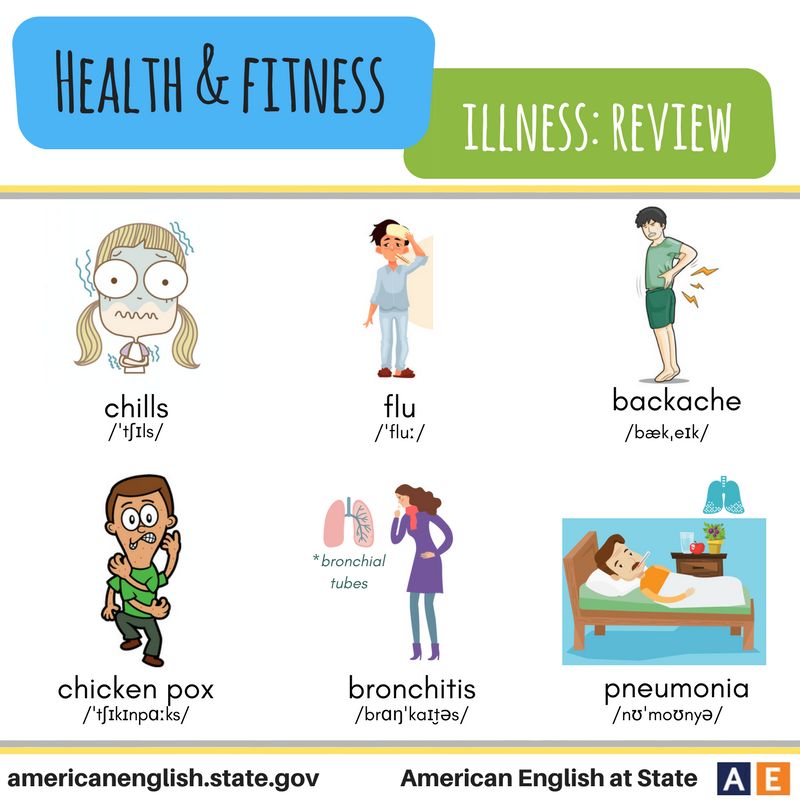 In our country, the flu season starts in October and lasts until May.
In our country, the flu season starts in October and lasts until May.
What to do if you suspect an illness. You can tell a cold from the flu by doing a home flu test. Such tests are commercially available.
Home test for influenza A and B. Price: 624 RIf the suspicion is confirmed, you need to call a doctor. Children under five years of age often get sick with complications - for example, with pneumonia and otitis media, that is, with inflammation of the ears. Therefore, leaving this disease to chance is dangerous. nine0005
Prevention. There is a vaccine for influenza. The vaccination is included in the National Immunization Calendar, so it can be done free of charge under the CHI policy or in a private clinic for money. The average price in Moscow is 1355 R.
Vaccination of children against influenza is the most reliable way of prevention - UpToDate
Vaccination is done starting from 6 months. According to the instructions for children's influenza vaccines, which are used in Russia, children under the age of three years need two doses of the vaccine annually, which are administered at an interval of 3-4 weeks. At the same time, according to all international standards, after a course of two vaccinations, then one annually is enough. Therefore, it is worth discussing this issue with a pediatrician - it is possible that when re-vaccinating a baby up to three years old, it will be possible to get by with only one injection.
At the same time, according to all international standards, after a course of two vaccinations, then one annually is enough. Therefore, it is worth discussing this issue with a pediatrician - it is possible that when re-vaccinating a baby up to three years old, it will be possible to get by with only one injection.
So what? 09/03/21
Influenza vaccination started in Russia
Children older than three years old, like adults, need one dose, but if they have never had the flu before and have not been vaccinated, two doses of the vaccine are needed.
I have been vaccinated
Hepatitis A Reasons. Hepatitis A virus is transmitted along with the smallest particles of feces that can get on the hands while using the toilet and remain there if the child does not wash them. Children become infected when they touch sick classmates, or through toys that could also get viral particles.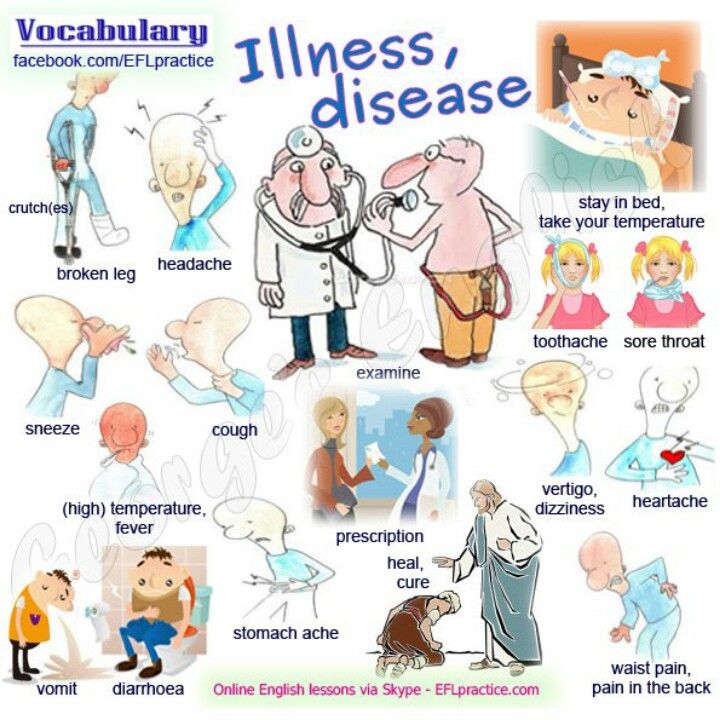 It is not always possible to identify sick children, since in most cases the disease proceeds without symptoms.
It is not always possible to identify sick children, since in most cases the disease proceeds without symptoms.
What is Hepatitis A - WHO
Overview of hepatitis A viral infection in children - UpToDate
Hepatitis A in Russia - bulletin of Rospotrebnadzor
Symptoms. Many children get sick without symptoms. But in about 30% of those infected, the temperature rises to 38-39 ° C, they complain of weakness and feeling unwell, do not want to eat, and many develop diarrhea.
Some develop jaundice - the whites of the eyes and skin become yellowish. In children under six years of age, jaundice usually lasts less than two weeks. nine0005 Jaundice occurs when the liver cannot cope with the removal of the yellow pigment bilirubin, which remains after the destruction of red blood cells - and this pigment enters the skin and eyes. Source: foodsafetynews.com
When people get sick more often. All year round - Hepatitis A has no seasonality.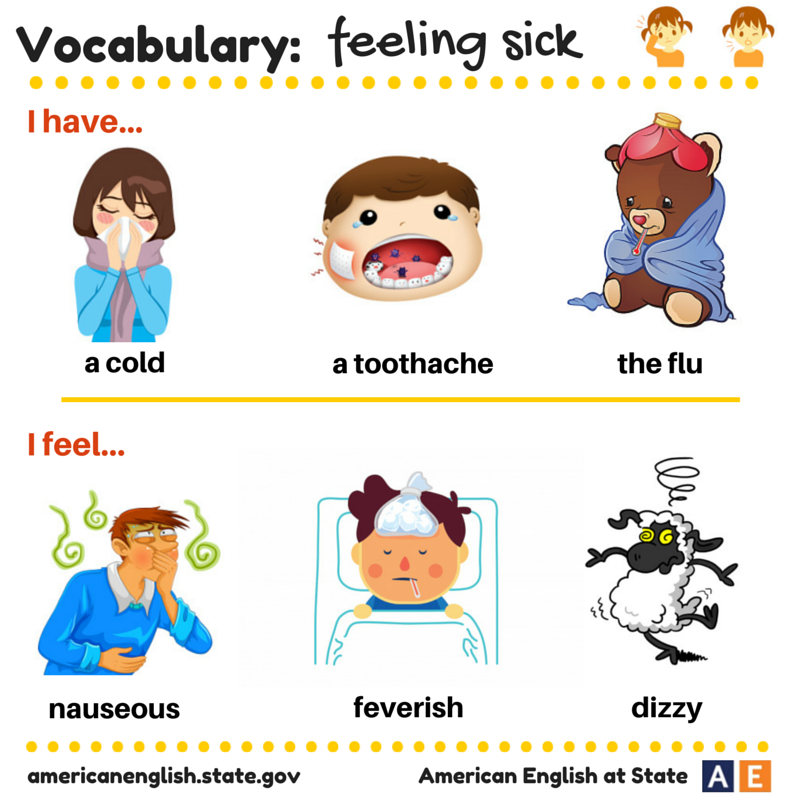
What to do if you suspect an illness. Call a doctor. Most children endure the disease without consequences and complications, but it is safer to get sick under the supervision of a specialist.
Prevention. There are several foreign and Russian vaccines for hepatitis A - for example, GEP-A-in-VAK, GEP-A-in-VAK-Pol. But they are not included in the National Calendar of Preventive Immunizations - that is, in most regions, they will not be vaccinated for free under the MHI policy. At the same time, in Moscow, all children are given free vaccination against this disease before entering kindergarten. If for some reason the child was not vaccinated, then this can be done later, after entering the kindergarten.
Children from the age of three who live in regions where hepatitis A is common - according to Rospotrebnadzor, these are the Udmurt Republic, the Republic of Dagestan, the Perm and Krasnoyarsk Territories, the Samara, Chelyabinsk, Ivanovo, Kaluga Oryol Regions and the Nenets Autonomous Okrug, and who have not previously been ill and unvaccinated children, in whose kindergarten a case of illness was detected, are entitled to free vaccination according to epidemic indications.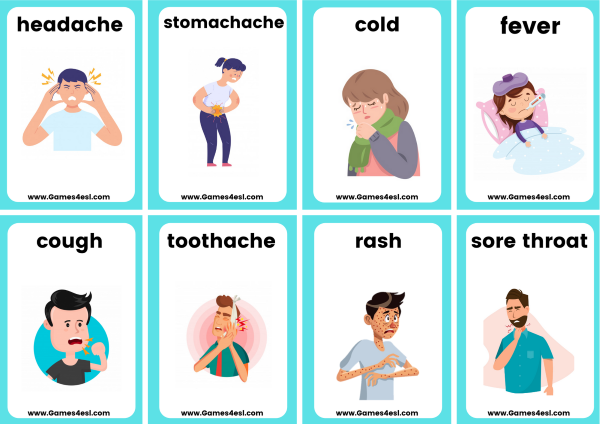
If a case of illness is detected in a kindergarten, the sanitary and epidemiological station transmits information about this to the children's polyclinic. They will be required to organize free vaccinations. To get a vaccination, it will be enough to tell the district pediatrician the number of the kindergarten and tell why you have come. nine0005
You can get vaccinated against hepatitis A in a private clinic for money. The average price in Moscow is 2070 R.
Children are vaccinated starting from 12 months. To gain immunity, you will need two doses of the vaccine, which must be administered at least 6 months apart.
Has been vaccinated
DiphtheriaReasons. The pathogenic bacterium Corynebacterium diphtheriae is transmitted along with droplets of saliva that enter the air when talking and coughing - or if a child picks up a toy that has been contaminated with bacteria and then touches his mouth or eyes with his hand. nine0005
What is diphtheria - WHO
How diphtheria differs from viral infections - Medscape
How children get diphtheria - UpToDate
Infected children are not always identified, as some are asymptomatic and can infect others for up to 4 weeks.
Symptoms. Children are most commonly affected by the respiratory form of diphtheria. In the first days of illness, the child complains of weakness and sore throat, the temperature rises to 37 °C. Then, inflammation occurs on the back wall of the pharynx, and after a day or two, a membrane is formed there from dead cells and bacteria, which adheres tightly to the wall of the pharynx. The membrane prevents the child from breathing and swallowing - and if you try to remove it, it starts to bleed. nine0005 Diphtheria membrane - a white lump in the right side of the throat. Source: academic.oup.com
If a child does not receive antibiotics, the illness lasts two to six weeks. With antibiotics - less than four days.
When people get sick more often. All year round - diphtheria has no seasonality.
What to do if you suspect an illness. Call a doctor. Diphtheria is a dangerous disease that should not be left untreated, as the bacterial poison can damage the child's heart, nervous system and kidneys.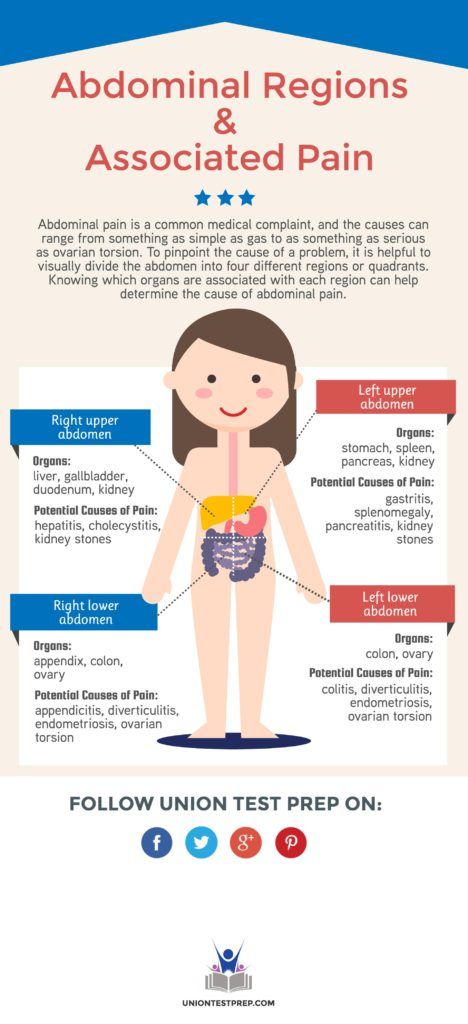 And although treatment with antibiotics is not always required, the doctor will monitor the patient and, if necessary, prescribe diphtheria toxoid - an antidote for bacterial poison. This reduces the risk of severe complications. nine0005
And although treatment with antibiotics is not always required, the doctor will monitor the patient and, if necessary, prescribe diphtheria toxoid - an antidote for bacterial poison. This reduces the risk of severe complications. nine0005
Prevention. There is a vaccine for diphtheria. It is included in the National Immunization Calendar, so the vaccine can be given free of charge under the CHI policy. Most often, the combination drug DTP is used in state clinics - in addition to diphtheria, it helps to avoid whooping cough and tetanus. You can get a DPT vaccination in a private clinic for money. The average price in Moscow is 900 R.
In order to acquire reliable immunity, you need to be vaccinated three times: at three, four and a half, and six months. At 18 months, children need revaccination. The next revaccination is done at 6-7 years, then at 14 and 18 years, and after the last revaccination - every 10 years. nine0005
No vaccination
Conjunctivitis The conjunctiva is a thin, transparent membrane of connective tissue that covers the surface of the eye and the inner surface of the eyelid.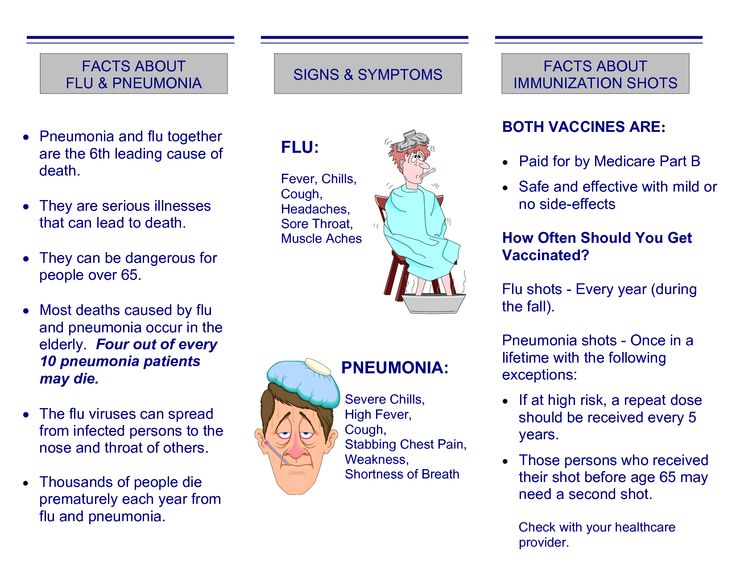 It has glands that are responsible for moisturizing and lubricating the eye, and the smallest blood vessels. If the conjunctiva becomes inflamed, the blood vessels become visible, causing the eye to turn pink or red—that is, conjunctivitis occurs.
It has glands that are responsible for moisturizing and lubricating the eye, and the smallest blood vessels. If the conjunctiva becomes inflamed, the blood vessels become visible, causing the eye to turn pink or red—that is, conjunctivitis occurs.
What is the conjunctiva and why the disease develops - UpToDate
Reasons. Approximately 70-80% of cases of conjunctivitis that children contract in kindergarten are associated with adenoviruses and some other viruses. Viral conjunctivitis is highly contagious and easily transmitted, for example, through pillowcases, towels or toys of a sick child.
How Children Get Bacterial Conjunctivitis - Medscape
Other cases of conjunctivitis are associated with bacteria, most commonly staphylococci and streptococci. They become infected with the bacterial form of the disease in the same way as the viral one - mainly through contact with things that belong to the patient. nine0005
Symptoms. Viral and bacterial conjunctivitis are similar: in both cases, the whites of the eyes turn pink, they sting or itch. But with a viral infection, discharge from the corners of the eyes is usually clear and sometimes mucous - parents often mistake such discharge for pus. After sleep, mucous secretions often form crusts on the eyelids. As a rule, both eyes become inflamed with viral conjunctivitis.
Viral and bacterial conjunctivitis are similar: in both cases, the whites of the eyes turn pink, they sting or itch. But with a viral infection, discharge from the corners of the eyes is usually clear and sometimes mucous - parents often mistake such discharge for pus. After sleep, mucous secretions often form crusts on the eyelids. As a rule, both eyes become inflamed with viral conjunctivitis.
Symptoms of Conjunctivitis - Medscape
Bacterial conjunctivitis usually causes only one eye to become inflamed and produce white, yellow, or greenish pus. If you carefully remove the pus with a cotton swab, after a while it again accumulates in the corners of the eyelids and in the corners of the eyes. nine0005 With viral conjunctivitis, as in the illustration, the whites of both eyes usually turn pink. And with a bacterial infection, pus would also stand out from the corner of the eye. Source: medscape.com
When people get sick more often. All year round.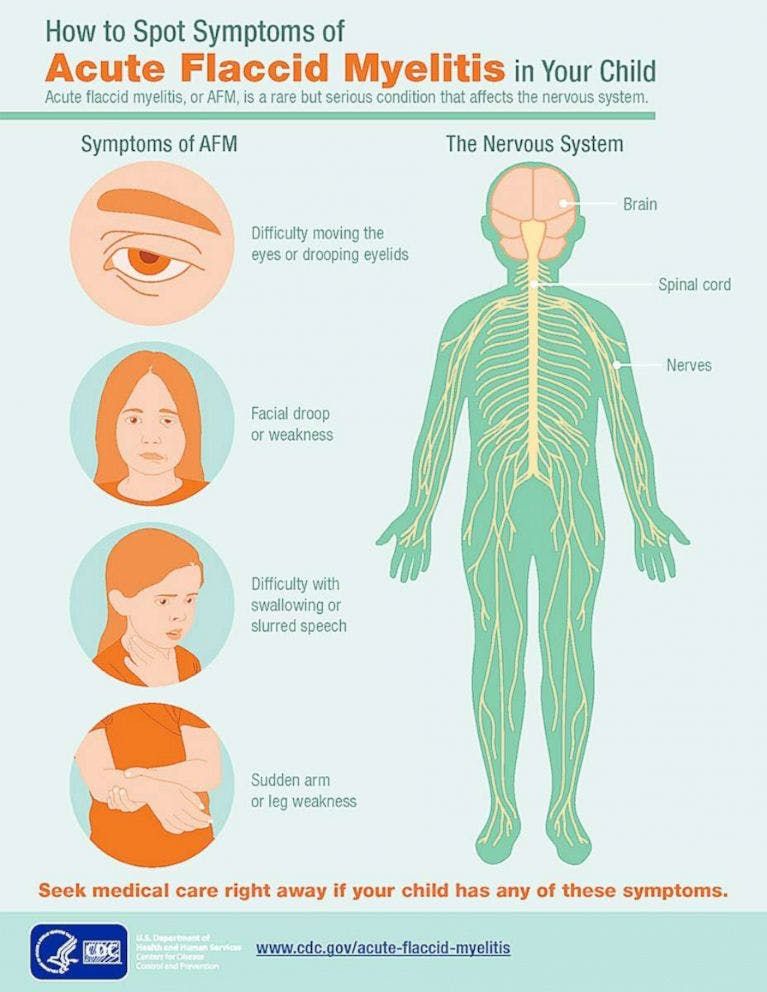
What to do if you suspect an illness. Both bacterial and viral conjunctivitis usually clear up on their own in 1-4 weeks. But to alleviate discomfort with viral and bacterial conjunctivitis, different drugs are needed - after all, ointments and drops with antibiotics do not work on viruses. nine0005
Conjunctivitis - Russian clinical guidelines, 2021
Infectious conjunctivitis can also be confused with non-infectious, for example, allergic. In order not to be mistaken, you need to consult a pediatrician.
Prevention. There is no vaccine for conjunctivitis. There is only one way to reduce the likelihood of infection - to teach the child to wash their hands under running water and soap after returning from the street, from the kindergarten and before eating.
I have been vaccinated
Whooping cough Reasons. The bacterium Bordetella pertussis is transmitted along with droplets of saliva that enter the air when talking and coughing.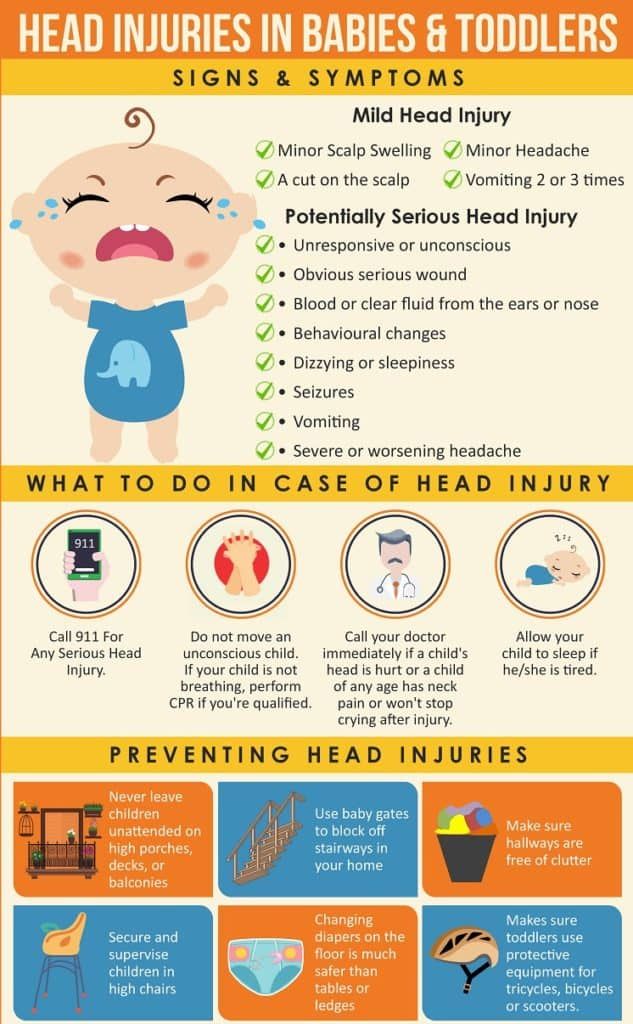 Children become infected if they spend a lot of time or play near a coughing child.
Children become infected if they spend a lot of time or play near a coughing child.
What is whooping cough - WHO
How is whooping cough different from viral infections - CDC
How children get whooping cough - UpToDate
Symptoms. The disease begins with symptoms very similar to the common cold, but they do not go away 1-2 weeks after the onset. On the contrary, episodes of coughing become more frequent, and he himself intensifies. nine0005
The child continues to cough until the air has completely left the lungs, and only then takes a heavy breath. Air enters the lungs with a sharp unpleasant sound. Some children cough so hard that the attack is followed by vomiting.
Cough of a child with whooping cough. Mayo Clinic educational videoWhen you get sick more often. You can become infected all year round.
What to do if you suspect an illness. If the symptoms of a cold do not go away after a week, and the child's cough gets worse, you should definitely consult a doctor. nine0005
If the symptoms of a cold do not go away after a week, and the child's cough gets worse, you should definitely consult a doctor. nine0005
Prevention. There is a vaccine for whooping cough. It is included in the National Immunization Calendar, so the vaccine can be given free of charge under the CHI policy. Most often, the combination drug DTP is used in state clinics - in addition to whooping cough, it helps to avoid diphtheria and tetanus. You can get a DPT vaccination in a private clinic for money. The average price in Moscow is 900 R.
In order to acquire reliable immunity, you need to be vaccinated three times: at three, four and a half, and six months. At 18 months, children need their first DPT revaccination. At 6-7 years old, a second one is needed, at 14 years old - a third, and at 18 years old - a fourth revaccination. For this, the diphtheria and tetanus vaccine ADS-M is used. Adults require ADS-M revaccination every 10 years. nine0005
Vaccination not approved for children
coronavirus disease Reasons.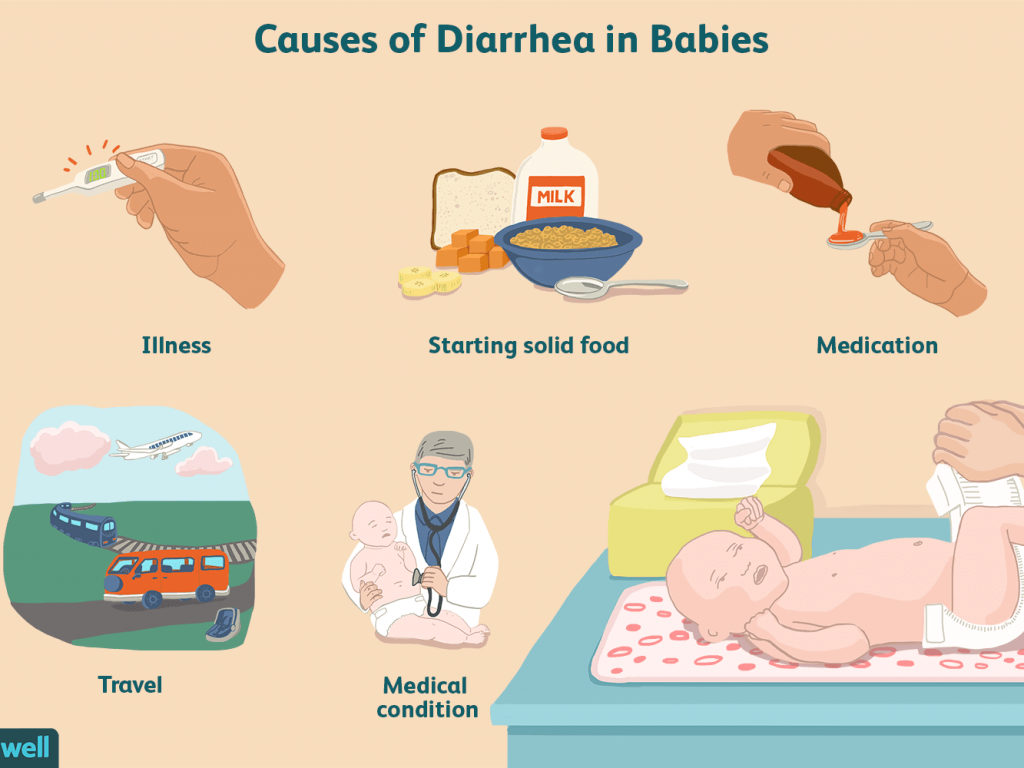 Coronavirus SARS-CoV-2, which is transmitted along with droplets of saliva that enter the air when talking and coughing. It is not always possible to identify sick children, since children under 5 often get sick without symptoms.
Coronavirus SARS-CoV-2, which is transmitted along with droplets of saliva that enter the air when talking and coughing. It is not always possible to identify sick children, since children under 5 often get sick without symptoms.
Young children rarely get COVID-19 - Mayo Clinic
How British children aged 5-17 get sick from COVID-19 - The Lancet
COVID-19: treating children - UpToDate
Symptoms. Little is known about how children younger than five years of age feel, as children in this age group become infected relatively rarely and often get sick without symptoms.
The older a person gets, the more likely they are to get sick with symptoms similar to the flu or a cold.
When people get sick more often. Until the coronavirus disease pandemic is over, it is difficult to say whether COVID-19 will turn into a seasonal illness, the same as colds and flu. For 2021, you can get infected at any time of the year.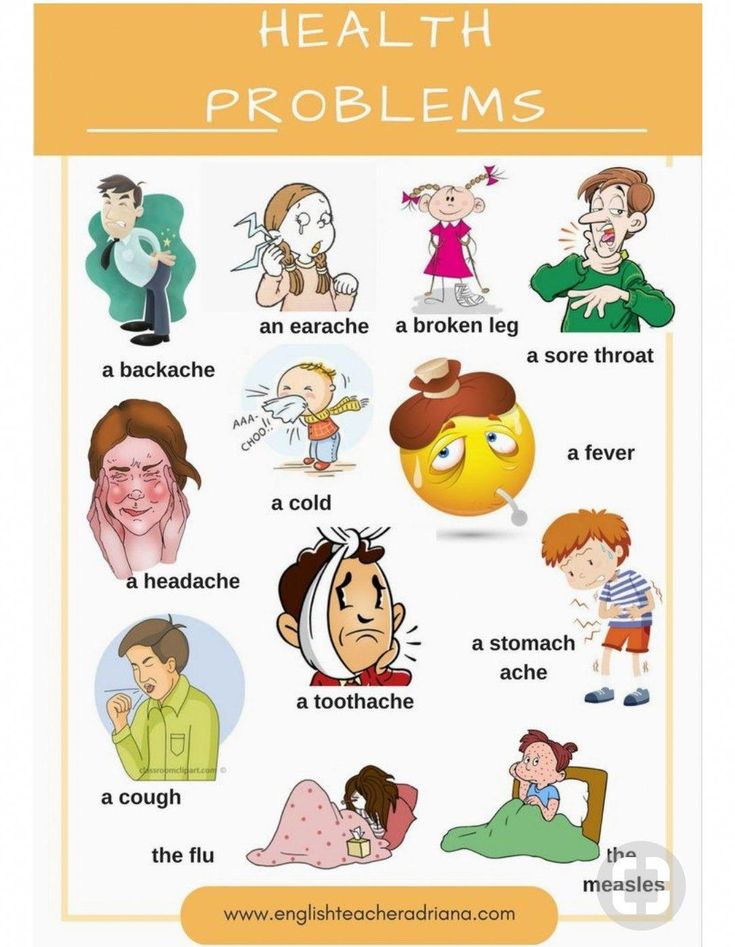 nine0005
nine0005
7 myths about coronavirus disease in children
What to do if you suspect a disease. Act in the same way as if it were a common cold. How to be in this case, we wrote in detail in the article "How much does it cost to cure a cold."
How to get tested for coronavirus
Prevention. To date, there is not a single Russian vaccine against COVID-19 that has been approved for kindergarten children. But so that the child does not become infected at home, it makes sense to vaccinate all adult family members without contraindications. nine0005
Community 09/28/21
What is a coronavirus antigen test and how to do it
Has been vaccinated
Measles Reasons. The measles virus is transmitted through droplets of saliva that enter the air when talking and coughing, or through toys and other objects that are exposed to viral particles. It is difficult to identify a sick person, since the child becomes contagious 4 days before the first symptoms.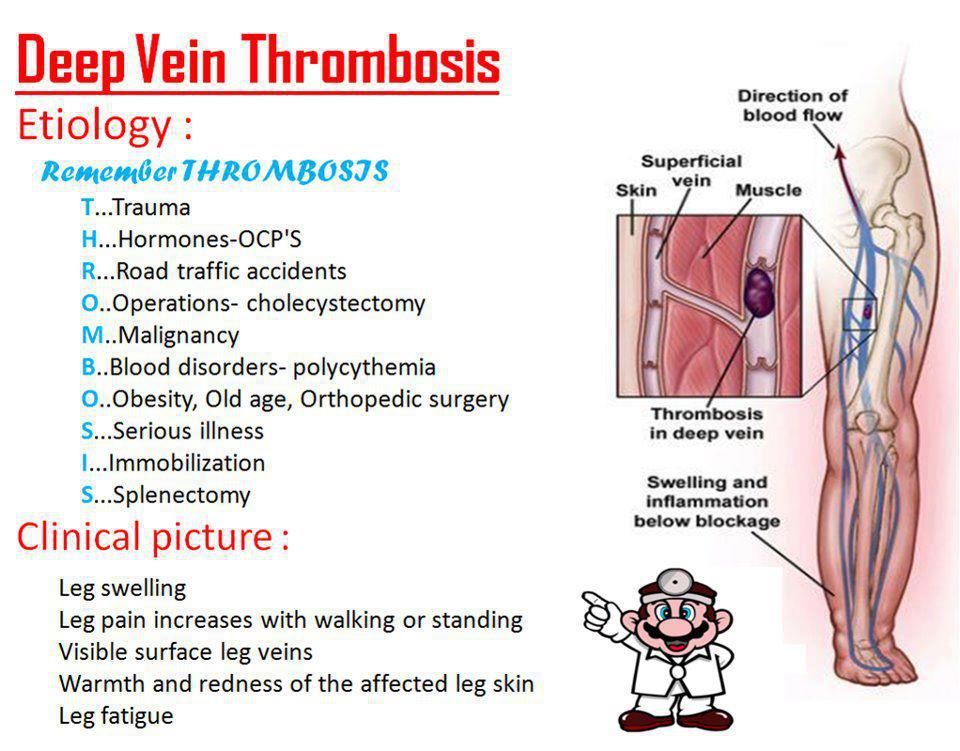
What is measles - WHO
Why measles is so dangerous for children - CDC
How children get measles - UpToDate
In the middle lane, people are more likely to get measles in late winter and spring - Medscape
Symptoms. The illness starts like the flu, with fever up to 40°C, nasal congestion, cough and conjunctivitis. On the second or third day, small white spots appear in the mouth on the mucous membranes of the child. They are called Belsky-Filatov-Koplik spots. If such spots appear, the doctor can diagnose measles even before the rash appears on the body.
After three or four days, a rash appears on the face and upper part of the neck, which spreads throughout the body in another three days, lasts 5-6 days and then disappears.
Belsky-Filatov-Koplik spots resemble semolina "stuck" to mucous membranes. Source: facebook.com/docdeti Measles rash on the face of a child. Source: Кmayoclinic.org When people get sick more often.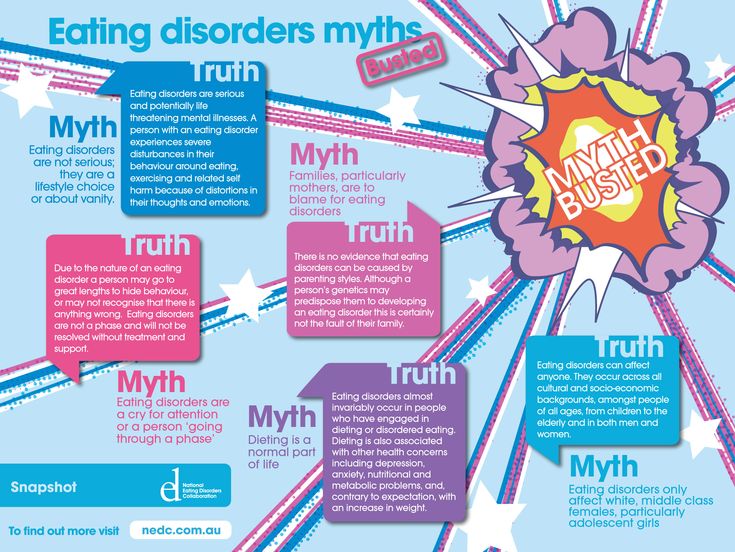 You can get infected all year round, but the peak incidence occurs at the end of winter and spring.
You can get infected all year round, but the peak incidence occurs at the end of winter and spring.
What to do if you suspect an illness. nine0170 Call a doctor. Approximately 30% of children experience one or more complications. The mildest and most frequent are diarrhea and otitis, that is, inflammation of the ear, the most severe are pneumonia and encephalitis, that is, inflammation of the brain. Therefore, it is important that the child recovers under the supervision of a specialist.
Prevention. There is a vaccine for measles. It is included in the National Immunization Calendar, so the vaccine can be given free of charge under the CHI policy. Most often, in state clinics, the combined drug M-M-R II is used, which, in addition to measles, protects against rubella and mumps. You can get vaccinated in a private clinic for money. The average price in Moscow is 1171 R.
Children are vaccinated at 12 months and revaccinated at 6 years.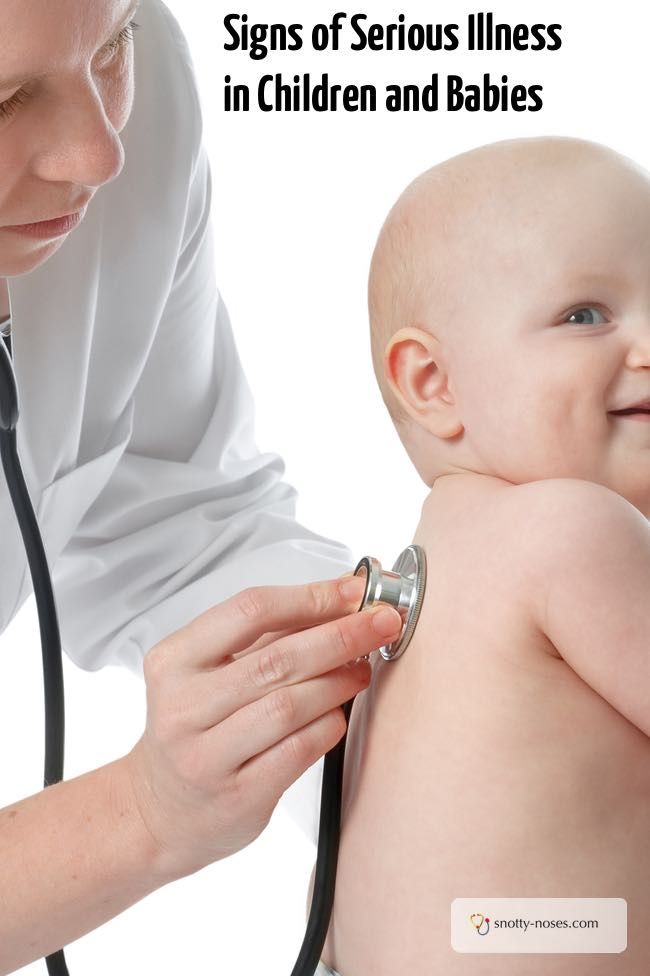 Measles is so contagious that without vaccination there is practically no chance of avoiding it.
Measles is so contagious that without vaccination there is practically no chance of avoiding it.
Has been vaccinated
RubellaReasons. The rubella virus is transmitted along with droplets of saliva that enter the air when talking and coughing. Rubella is not as contagious as measles or chicken pox, but in a garden where children play with an ill child in the same room all day, it is easy to catch it. It is difficult to identify a sick person, since the child becomes contagious a week before the rash appears. nine0005
What is rubella - WHO
Rubella symptoms - CDC
How children get rubella - UpToDate
Symptoms. Temperature below 39°C, nausea, mild conjunctivitis. In 50-80% of cases, a rash appears - first on the face and neck, and then on the whole body. After the appearance, the rash lasts 1-3 days, and then disappears.
Rubella rash is very similar to measles rash, only the illness lasts only three days.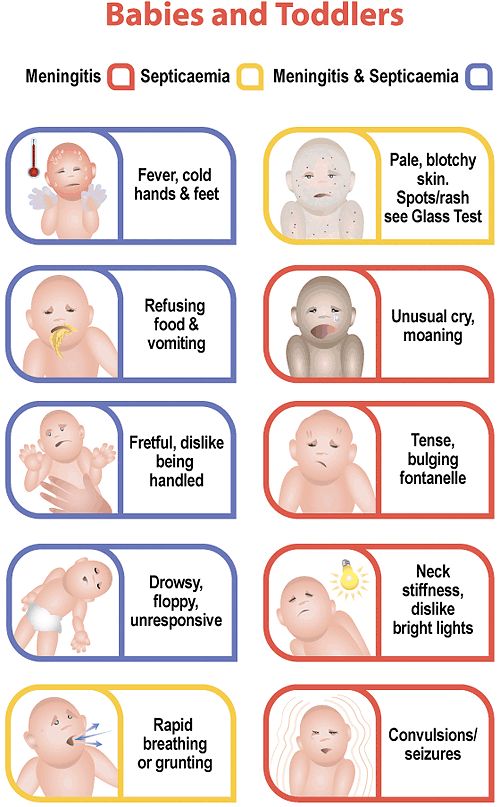 Source: nhs.uk
Source: nhs.uk When people get sick more often. You can get infected all year round, but the peak of the incidence usually occurs at the end of winter and spring. nine0005
What to do if you suspect an illness. Call a doctor. Although children usually get sick in a mild form and endure the disease without complications and severe health consequences, it is safer to get sick under the supervision of a specialist.
Prevention. There is a vaccine for rubella. It is included in the National Immunization Calendar, so the vaccine can be given free of charge under the CHI policy. Most often, in state clinics, the combined drug M-M-R II is used, which, in addition to rubella, protects against measles and mumps. You can get vaccinated in a private clinic for money. The average price in Moscow is 1171 R.
Children are vaccinated against rubella at 12 months and revaccinated at 6 years. Boys who have not been ill or vaccinated can be vaccinated free of charge up to the age of 18, and girls up to the age of 25 inclusive. For this, a drug is usually used, which includes only the anti-rubella component.
For this, a drug is usually used, which includes only the anti-rubella component.
Has been vaccinated
Mumps epidemicReasons. Paramyxovirus mumps is transmitted along with droplets of saliva that enter the air when talking and coughing, or if a healthy child picks up the things of a sick person that have been infected with paramyxovirus. It is difficult to identify a sick child, as it becomes contagious a few days, and sometimes a week before the onset of symptoms. nine0005
What is mumps - WHO
Symptoms of mumps - CDC
How children get mumps - UpToDate
Symptoms. The illness usually begins as a cold or flu, with several days of fever up to 39°C, weakness, headache and muscle pain. Approximately two days after this, the child develops swelling of the salivary glands, due to which the neck thickens. As a rule, edema lasts up to 10 days.
With mumps, swelling of the salivary glands is best seen on one side.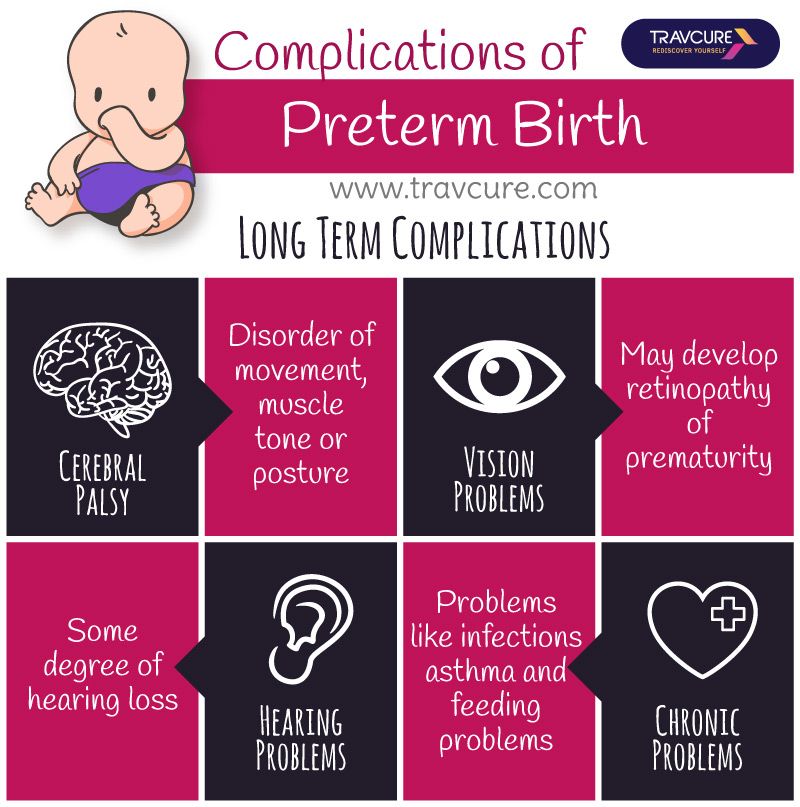 Source: mayoclinic.org
Source: mayoclinic.org When people get sick more often. You can get infected all year round, but the peak of the incidence usually occurs at the end of winter and spring.
What to do if you suspect an illness. Call a doctor. As a rule, children tolerate mumps without complications and health consequences - but it is very important to make sure that swelling of the salivary glands is not associated with other, more dangerous causes.
Prevention. There is a vaccine for mumps. It is included in the National Immunization Calendar, so the vaccine can be given free of charge under the CHI policy. Most often, in state clinics, the combined drug M-M-R II is used, which, in addition to mumps, protects against rubella and measles. You can get vaccinated in a private clinic for money. The average price in Moscow is 1171 R.
Children are vaccinated against mumps at 12 months and revaccinated at 6 years.
No vaccination
Pediculosis Reasons.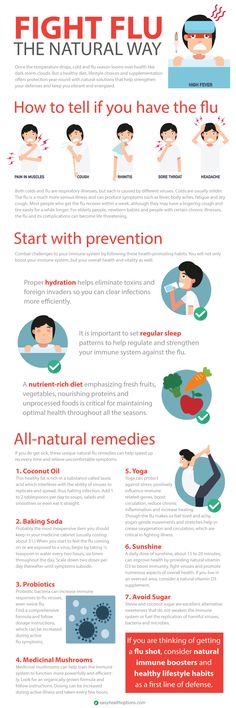 The disease is caused by the human louse Pediculus humanus capitis. Children become infected when they play together. With head-to-head contact, adult insects or larvae get the opportunity to move onto the hair of a new host. It is difficult to identify a sick child, since lice are very small and mobile, and it is difficult to notice them.
The disease is caused by the human louse Pediculus humanus capitis. Children become infected when they play together. With head-to-head contact, adult insects or larvae get the opportunity to move onto the hair of a new host. It is difficult to identify a sick child, since lice are very small and mobile, and it is difficult to notice them.
What is head lice - Mayo Clinic
Pediculosis Symptoms - CDC
How Children Get Pediculosis - UpToDate
Symptoms. Sometimes the infection is asymptomatic - or the child complains of itching and begins to scratch his head.
Lice fix their eggs on the hair - they are usually called nits. When the louse leaves the egg, it becomes easier to distinguish it, as the empty egg turns whiteWhen sick more often. You can become infected at any time of the year.
What to do if you suspect an illness. nine0170 To make sure that the child really has lice, it makes sense to consult a dermatologist.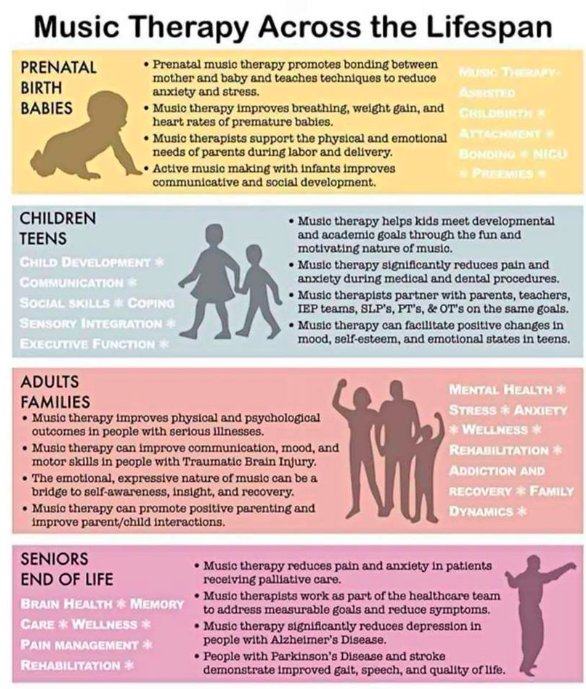 Understanding yourself is not always easy. For example, if the nits are located further than 7 mm from the base of the hair, then most likely they are empty and do not contain lice larvae - that is, the child is not sick.
Understanding yourself is not always easy. For example, if the nits are located further than 7 mm from the base of the hair, then most likely they are empty and do not contain lice larvae - that is, the child is not sick.
If the diagnosis is confirmed, the doctor will likely recommend an over-the-counter permethrin product and advise on how to use the drug correctly. Most permethrin medications should be applied to clean, dry hair for 10 minutes and then washed off. On average, treatment lasts 9days.
Prevention. In kindergartens, children communicate a lot and closely with each other, so it is very important to teach them the rules of personal hygiene:
- Avoid head-to-head contact. That is, you can play with friends, but in such a way that you do not touch their hair with your head.
- Exchange only toys, not personal items that touch the head and body - that is, hats and baseball caps, combs, headphones, headbands, scarves and coats.
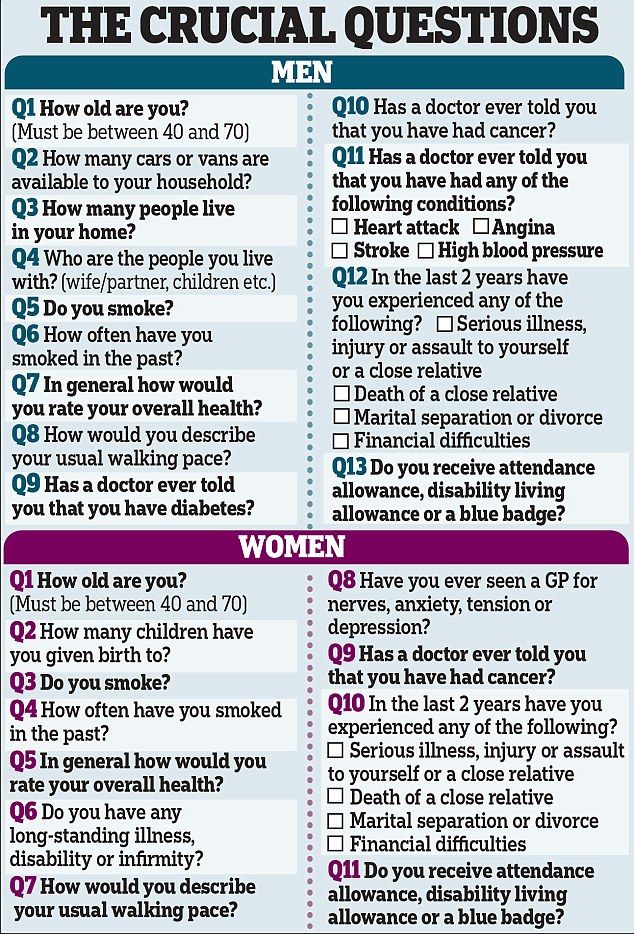
- Only hang clothes in your own locker, not in a shared closet. nine0062
Prevention of pediculosis - Russian educational portal medspecial.ru
Such measures do not guarantee that the child will not become infected, but will significantly reduce the risk.
No vaccination
ColdReasons. The disease is caused by rhinoviruses, coronaviruses, adenoviruses and many other respiratory viruses. They are transmitted from a sick person to a healthy person, along with droplets of saliva, even during a normal conversation. It is not always possible to identify patients, as children become contagious about three days before the onset of symptoms. nine0005
Understanding a Cold - MSD Medical Handbook
Symptoms of a Cold - CDC
How Children Get a Cold - UpToDate
Symptoms. Nasal congestion, clear, yellow or green snot, temperature within 38 °C.
Some children have a sore throat, cough and cannot sleep.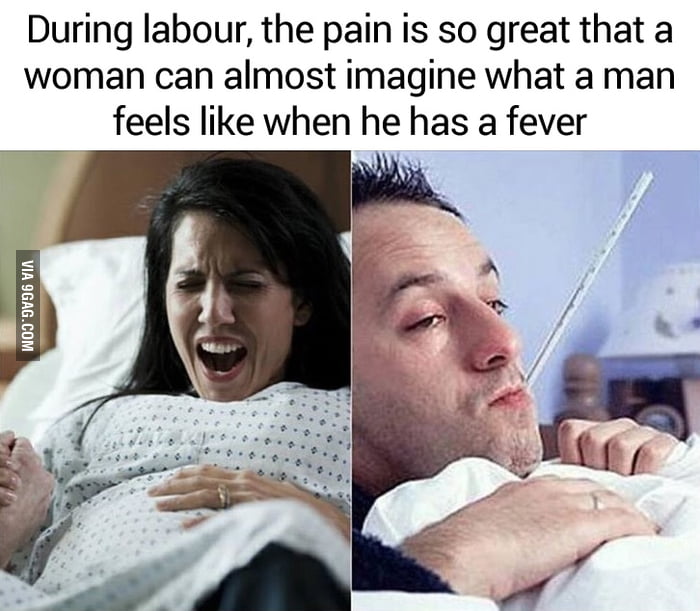
When people get sick more often. In our country, the cold season starts in October and lasts until May.
What to do if you suspect an illness. nine0170 You can treat children's colds on your own. Baby syrup with paracetamol or ibuprofen will help reduce the temperature and alleviate discomfort for children older than 6 months. This drug should be given strictly according to the instructions, focusing on the weight of the child. Aspirin and other drugs with acetylsalicylic acid are not suitable for children.
Do not give vasoconstrictor nasal drops or benzydamine sore throat lozenges to children under six years of age - these medicines can cause dangerous side effects. Children over 12 months old can be given a tablespoon of honey at night to help ease their cough. nine0005
Prevention. The risk that the child will get sick will be less if he is taught to wash his hands under running water with soap after the street and before eating.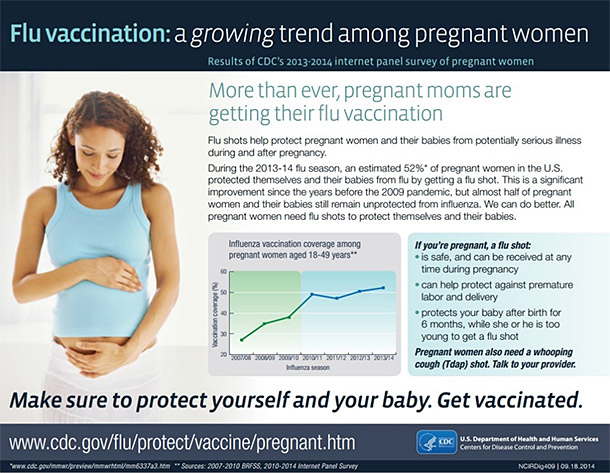 But you need to keep in mind that frequent childhood colds are an inevitable stage in the training of the immune system. The more often a child gets sick in kindergarten, the less often he will get sick at school.
But you need to keep in mind that frequent childhood colds are an inevitable stage in the training of the immune system. The more often a child gets sick in kindergarten, the less often he will get sick at school.
Has been vaccinated
Rotavirus infectionReasons. Rotavirus is transmitted through tiny particles of feces that can get on hands while going to the toilet and remain there if the child does not wash them. Healthy children become infected when they touch sick children, or through toys that could also get viral particles. It is not always possible to identify patients, since children begin to shed rotavirus two days before the onset of symptoms. nine0005
What is rotavirus - WHO
Symptoms of rotavirus - CDC
How do you get rotavirus - UpToDate
Symptoms. Temperature up to 39°C, abdominal pain, watery diarrhea and vomiting.
Diarrhea can be considered three or more loose stools in a day, or if the child has two or more episodes of loose stools added to the usual frequency of visiting the toilet.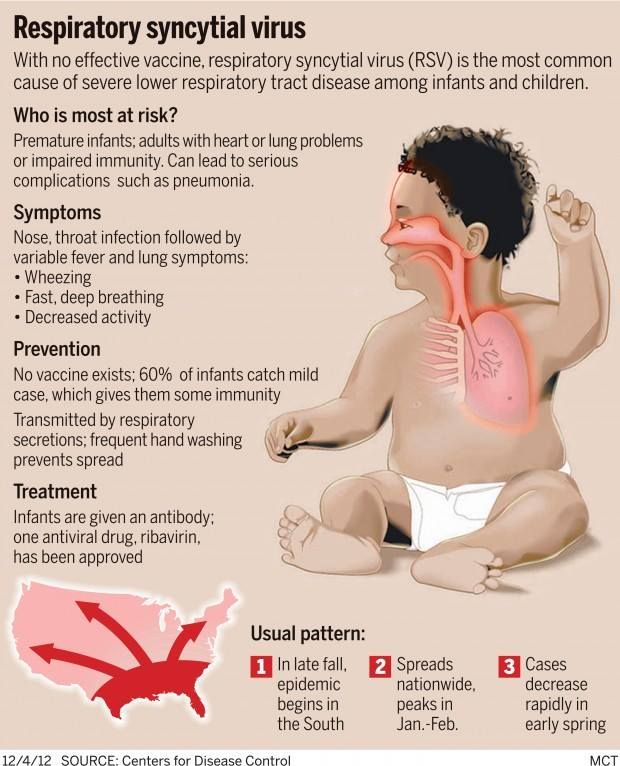
When people get sick more often. You can become infected all year round, but the peak of the incidence usually occurs in the driest and coldest months - that is, in the winter. nine0005
What to do if you suspect an illness. As a rule, children recover on their own in 5-7 days. At the same time, it is important to give the child food and drink so that dehydration does not occur. Children tolerate foods rich in complex carbohydrates best, such as pasta, rice, and potatoes. Of the drinks, unsweetened ones are best - for example, children tolerate pure still water better than fruit juice or soda.
If the child seems lethargic, sleepy, has convulsions and has not urinated for more than 8-12 hours, dehydration has already developed, and an urgent need to consult a doctor. nine0005
There are other signs that call a doctor urgently:
- temperature over 39 °C;
- diarrhea lasts longer than 7 days;
- blood visible in faeces;
- severe stomach pain;
- frequent vomiting which the child cannot control or the child cannot drink;
- vomiting of bile.
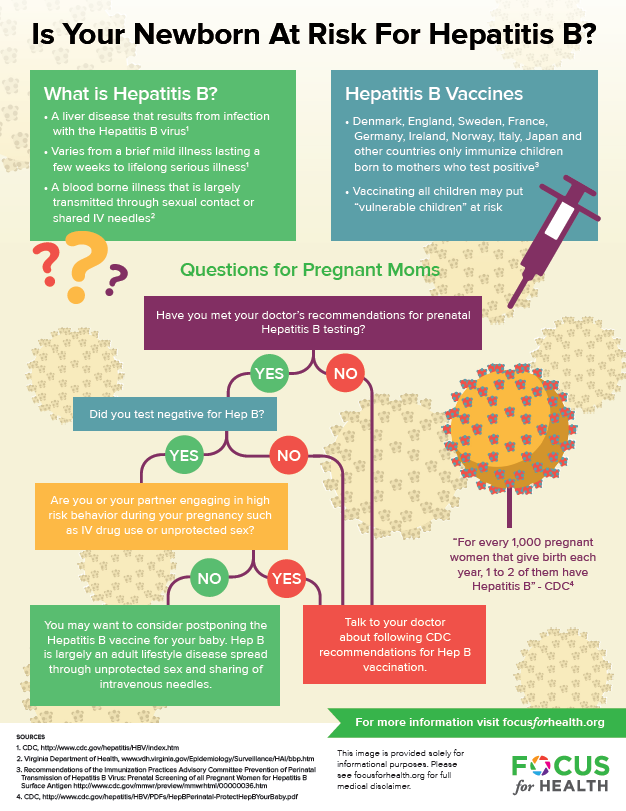
Prevention. There is a vaccine for rotavirus infection, but so far it is not included in the National Immunization Schedule. It is planned to include it in the National Calendar in 2022. In some regions, for example, in Moscow, the rotavirus vaccine is included in the regional vaccination schedule, so it will be given free of charge. You can get vaccinated in a private clinic for money. Price in Moscow — from 1500 R.
You need three doses of the vaccine at 2, 3 and 4.5 months to get immunity. If you are late with vaccination, you will no longer be able to get vaccinated - it is done strictly up to four and a half months.
In addition, it is important to teach your child to wash their hands with soap after visiting the street, after going to the toilet and before eating.
What is important to know about childhood illnesses
A child can become infected not only in a kindergarten, but also in any other place where he meets other people - on a playground, in public transport or in a shopping center.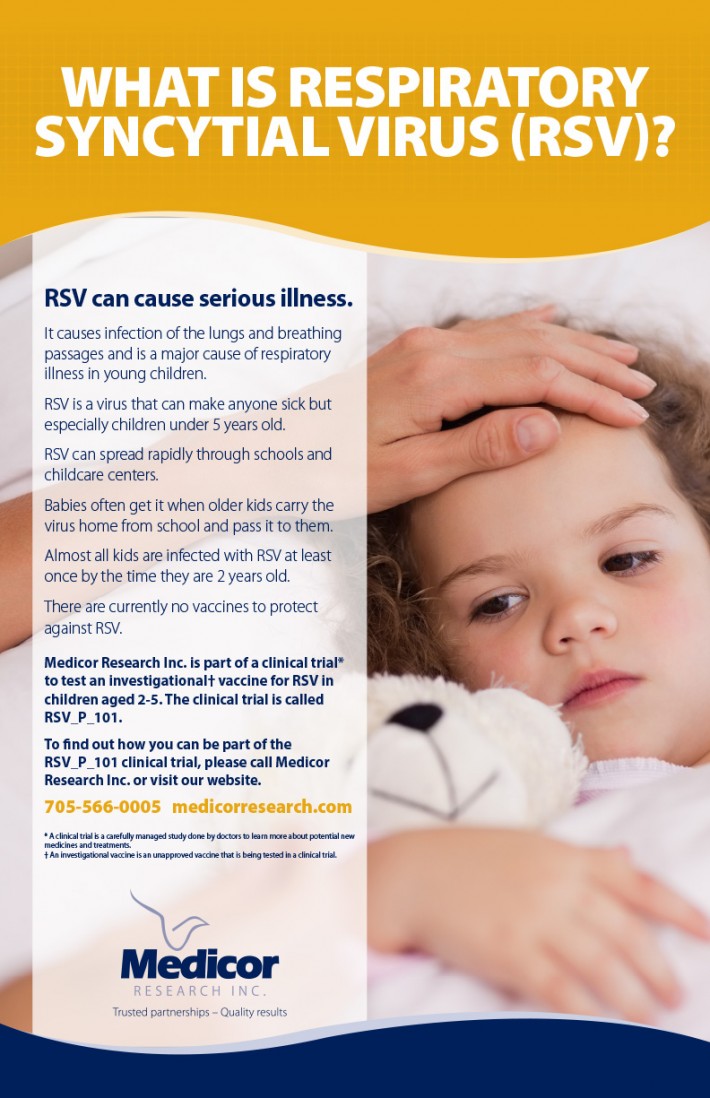 The only reliable way to protect a child from illness is to isolate him completely. nine0005
The only reliable way to protect a child from illness is to isolate him completely. nine0005
But this is not the best tactic. If the child's immune system is not given the opportunity to gain experience in kindergarten, the child will catch colds more often at school. This means that he will have to miss classes regularly.
Children who got sick more often in kindergarten are less likely to catch colds at school - Archives of Pediatrics and Adolescent Medicine
But giving a child the opportunity to get sick with all childhood diseases is also not the best way to strengthen immunity. This is only good for colds. There are two reasons: there are no vaccinations against the common cold, and it is tolerated relatively easily and without consequences. nine0005
In addition to the common cold, you can encounter more dangerous diseases in kindergarten. If children become infected with them, they may develop severe complications after recovery, such as pneumonia or heart problems.